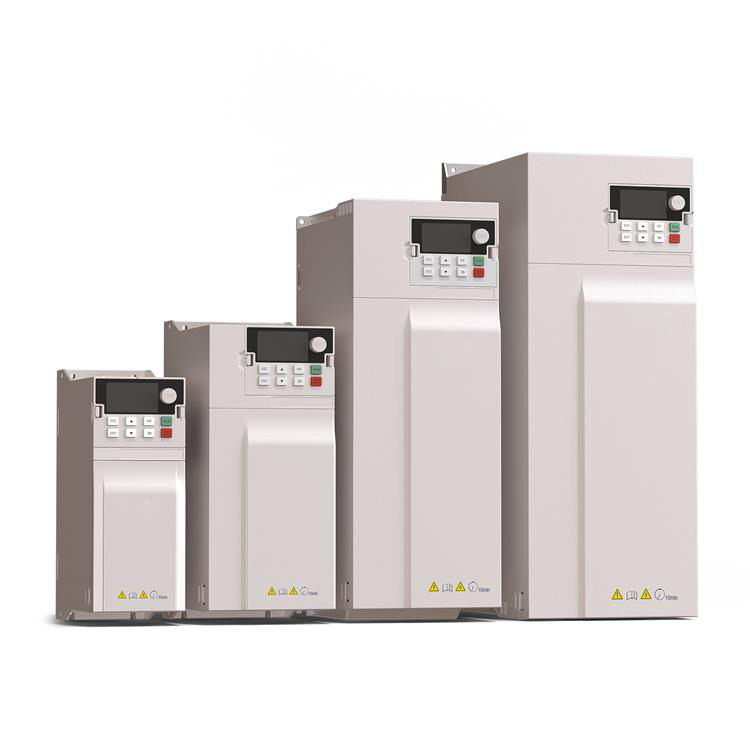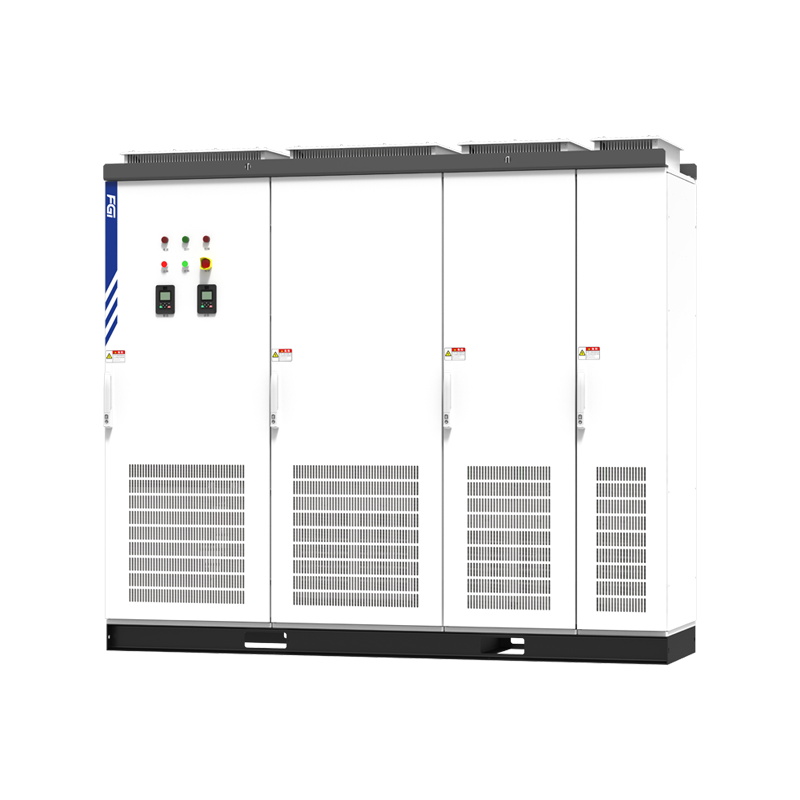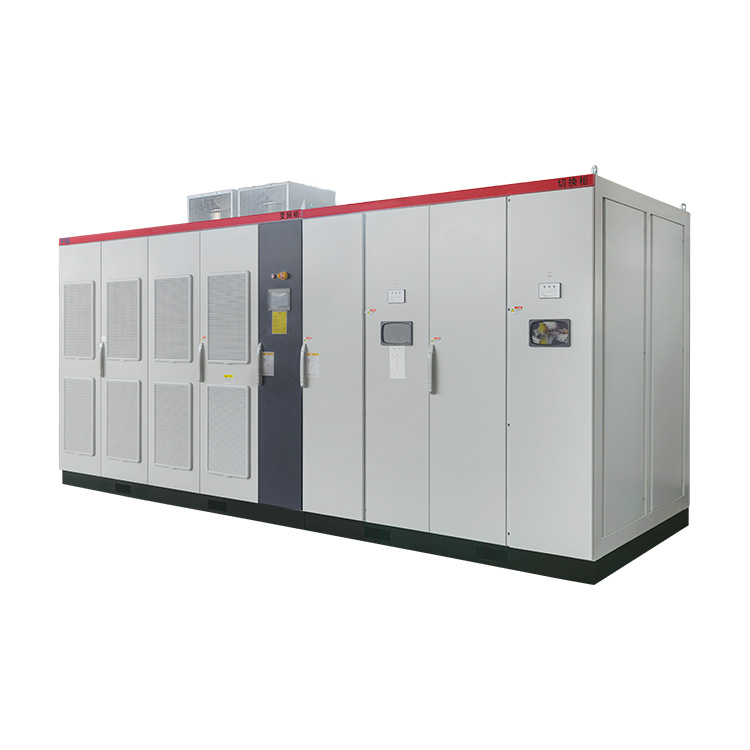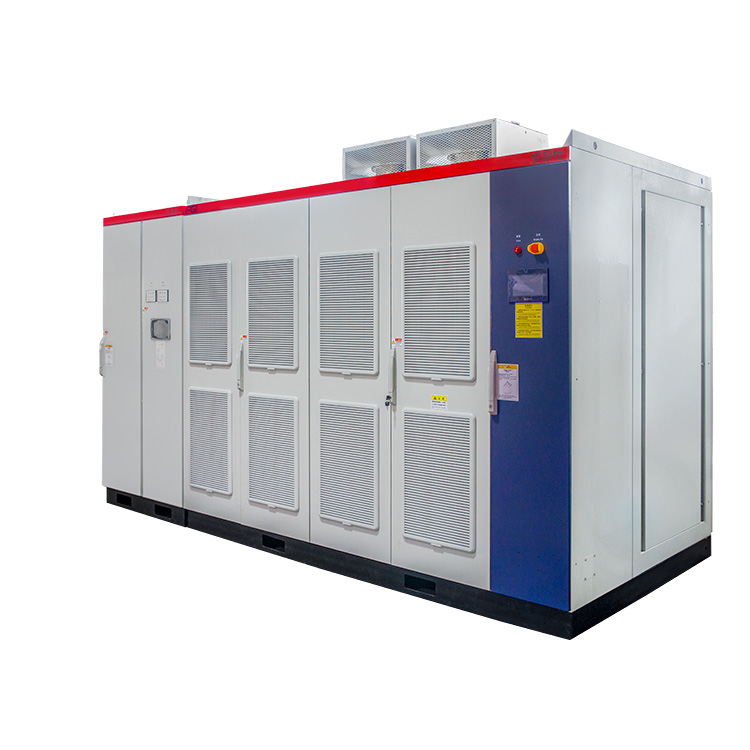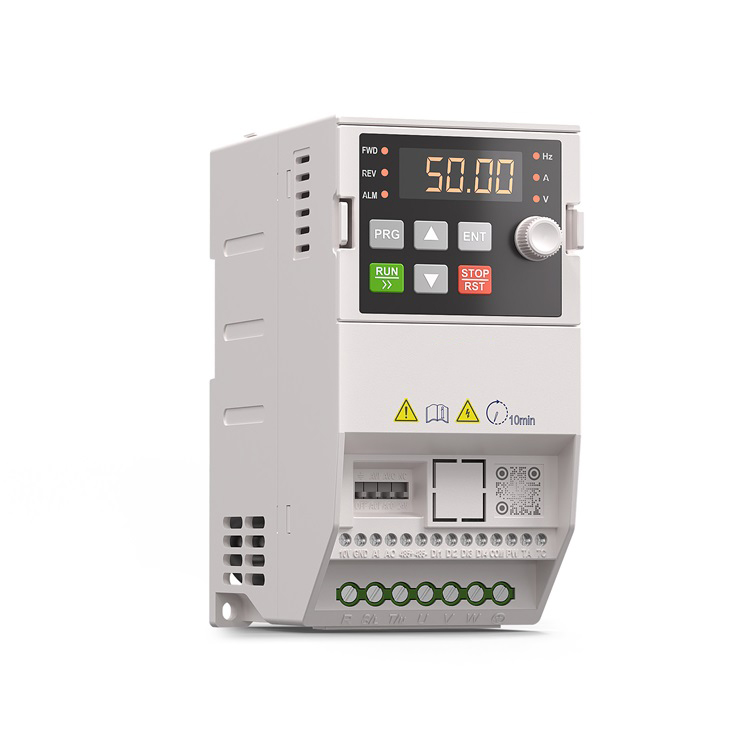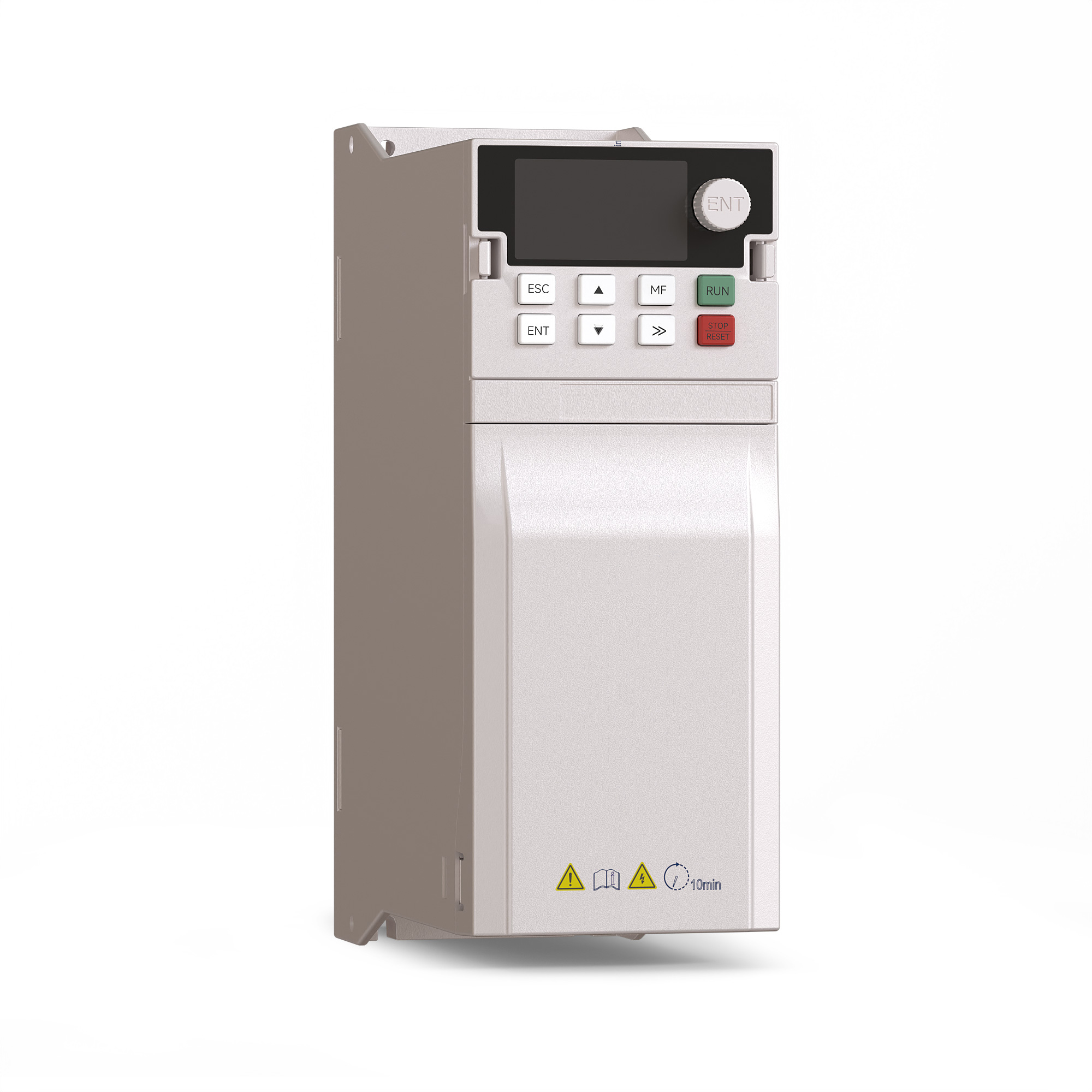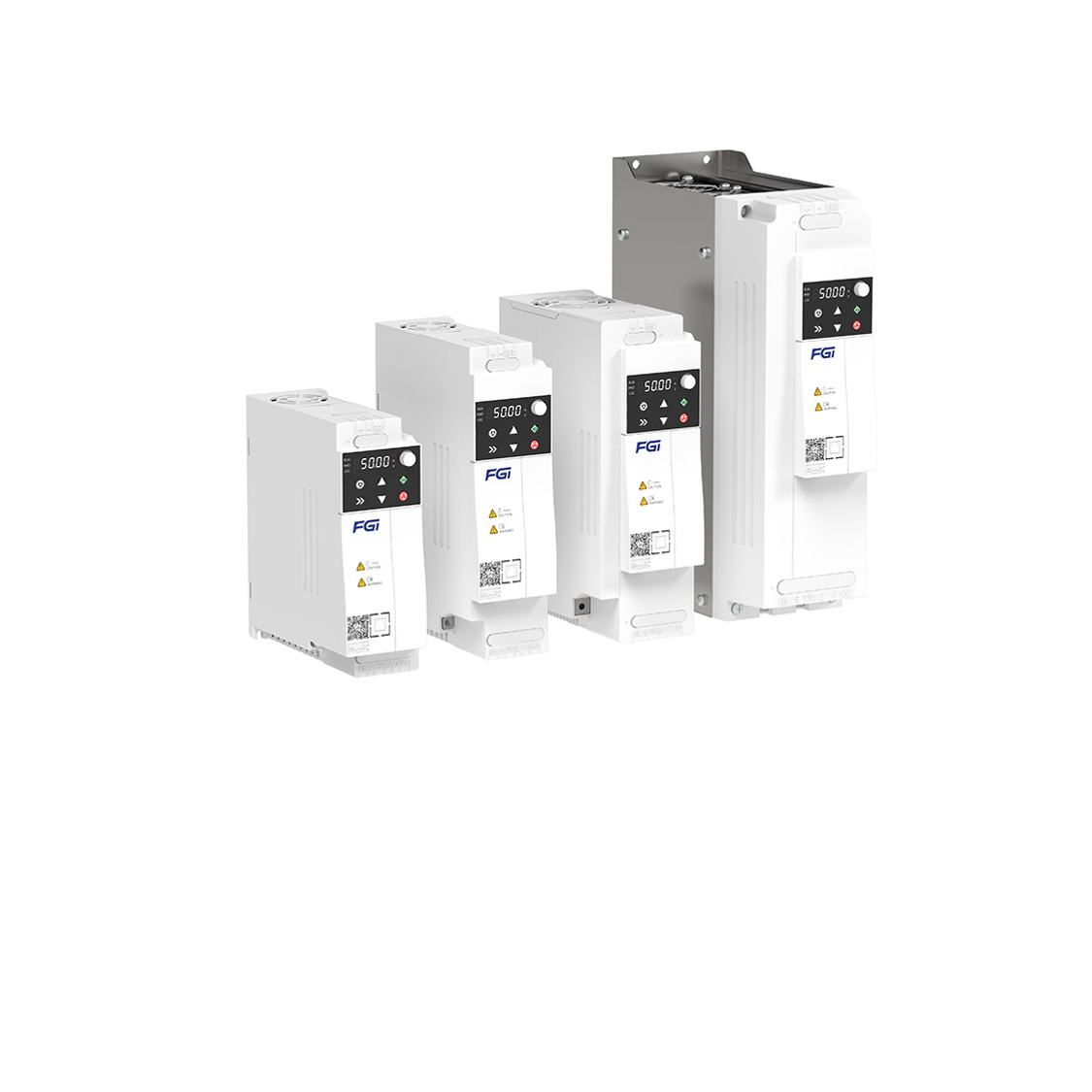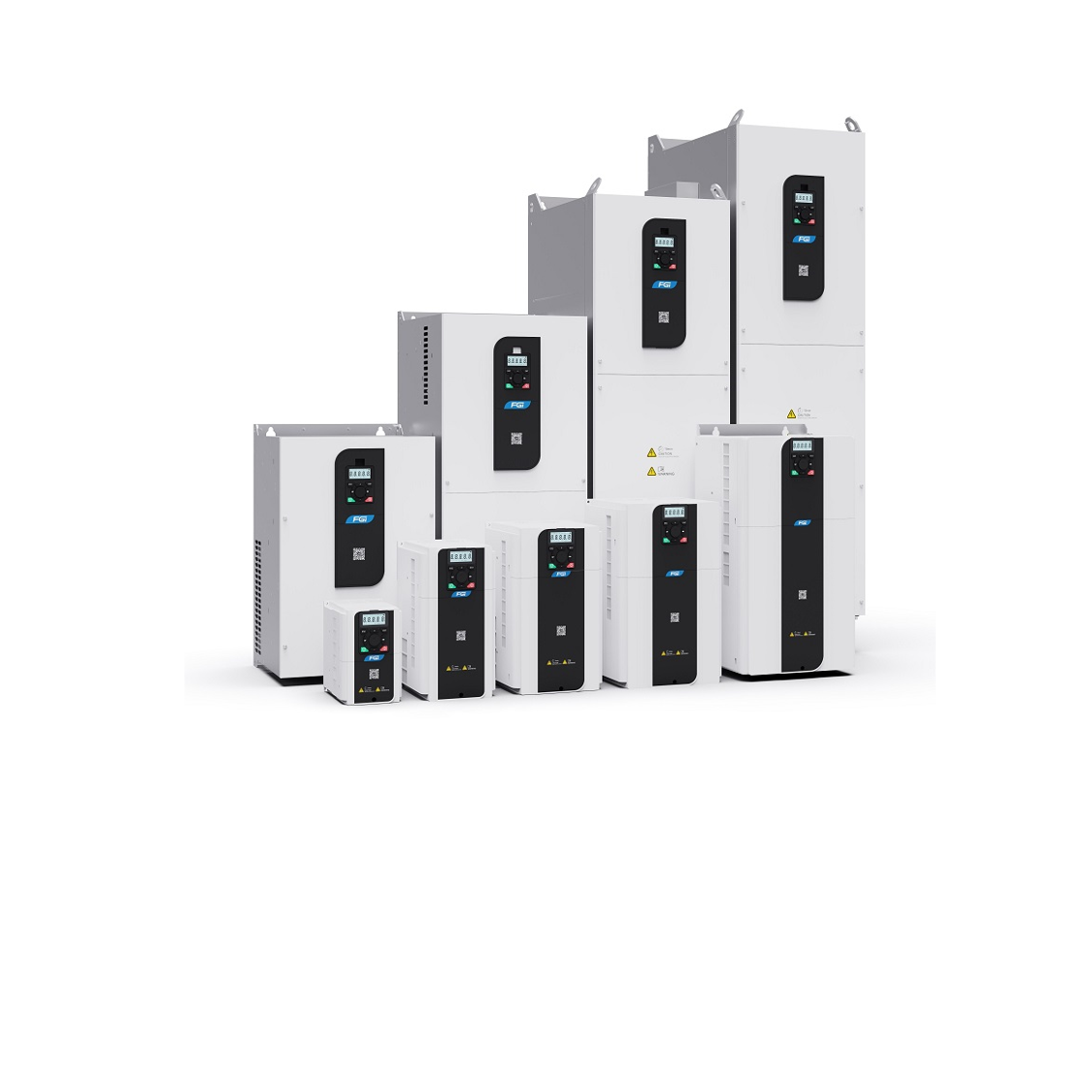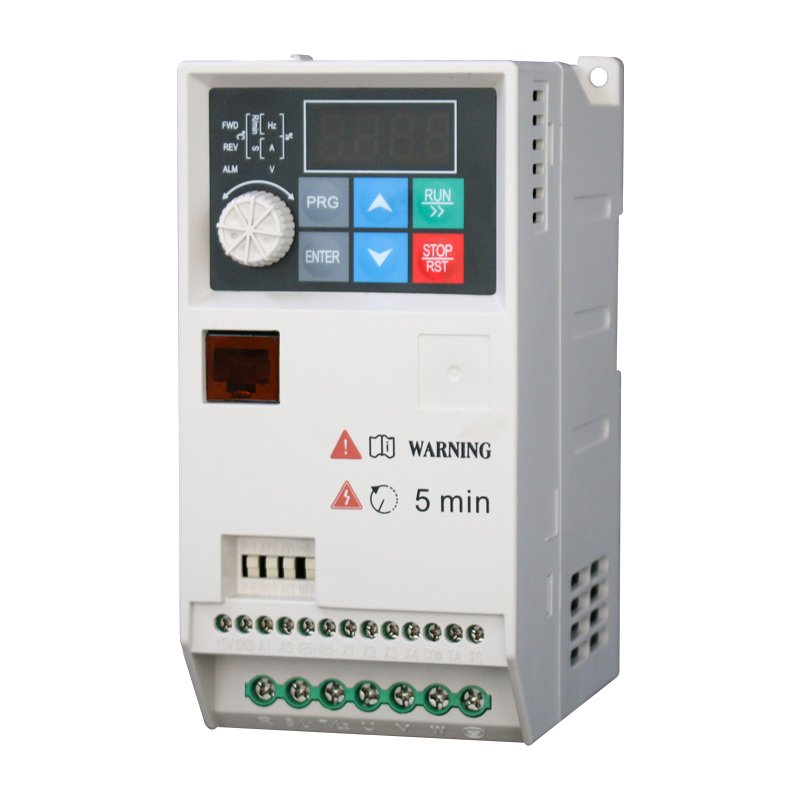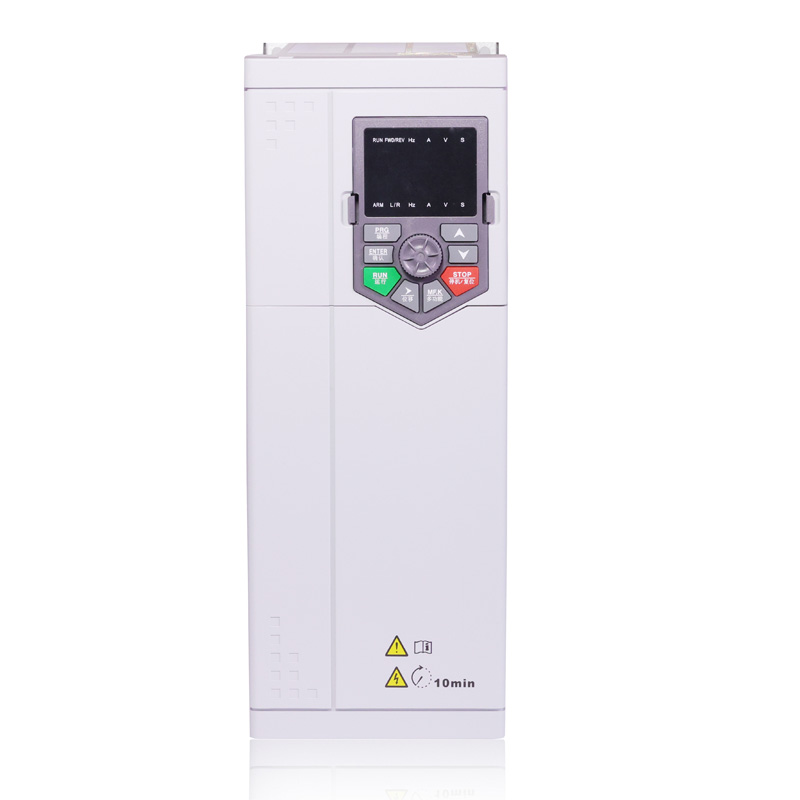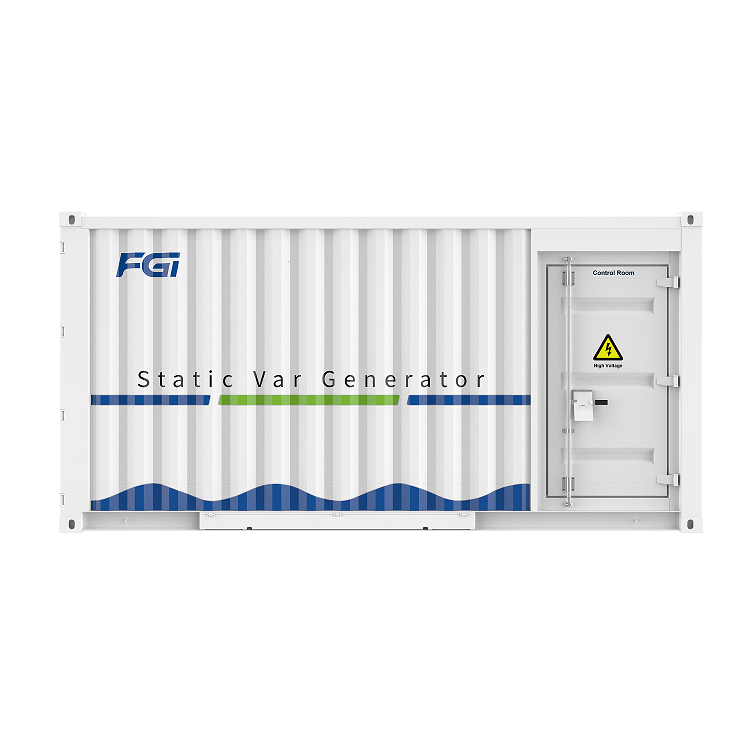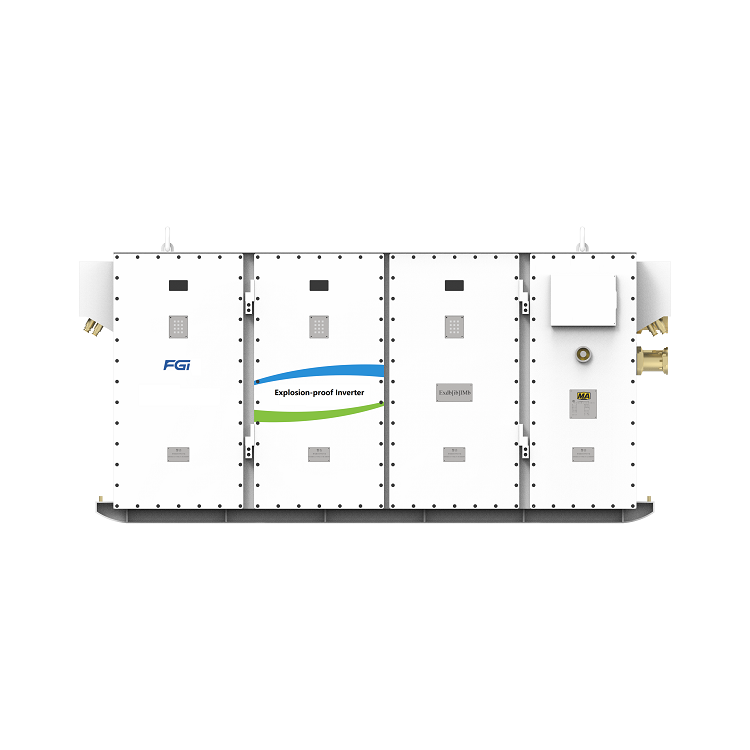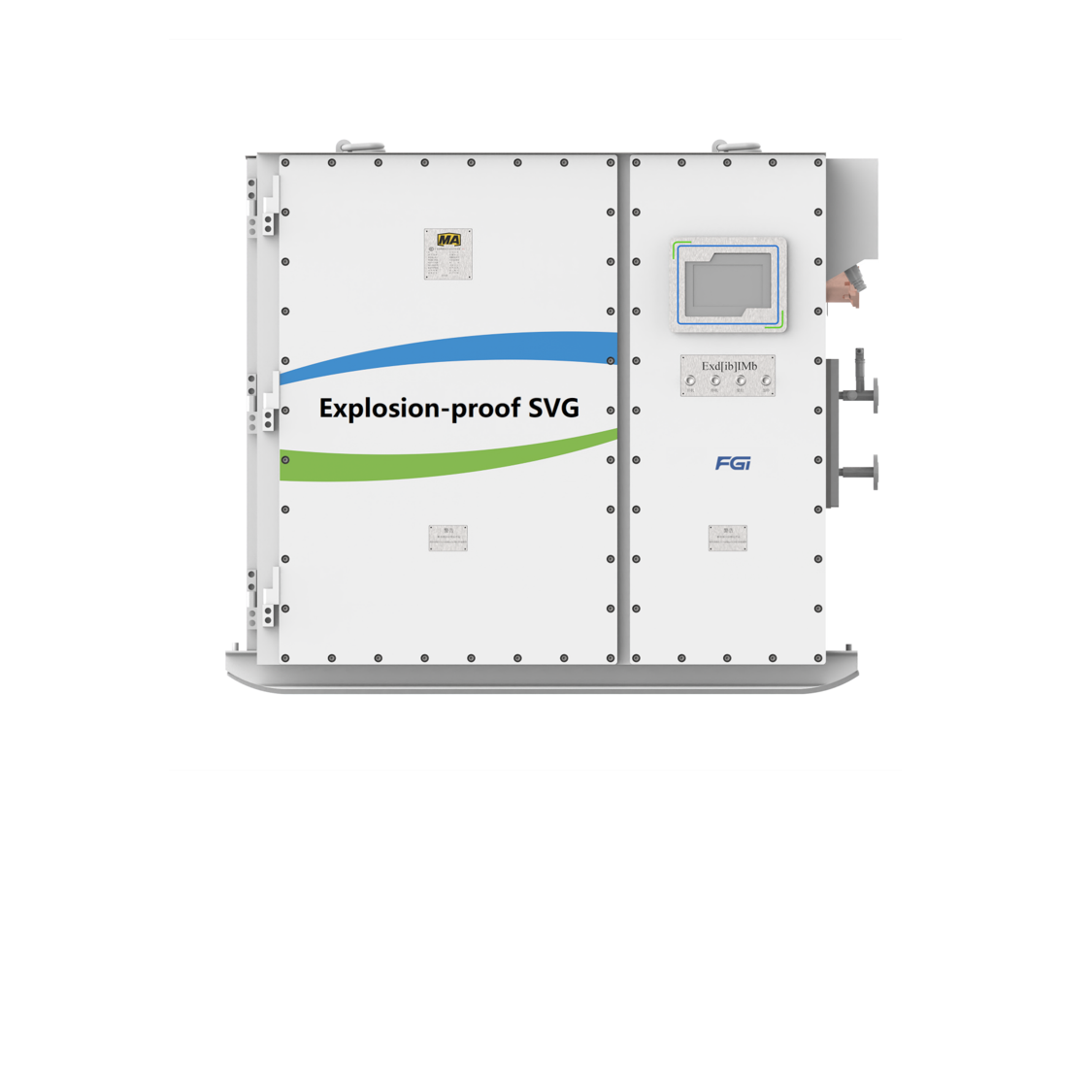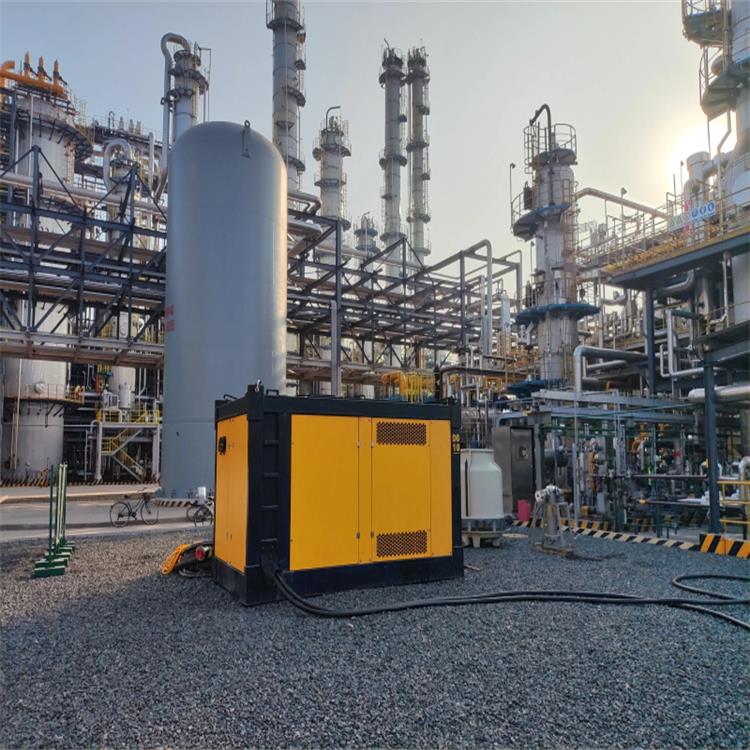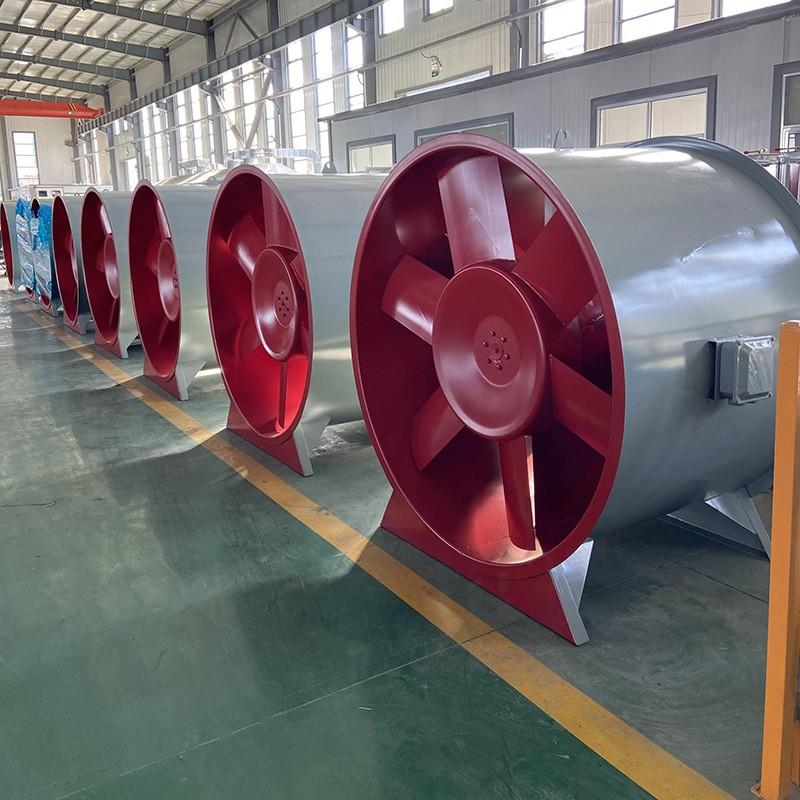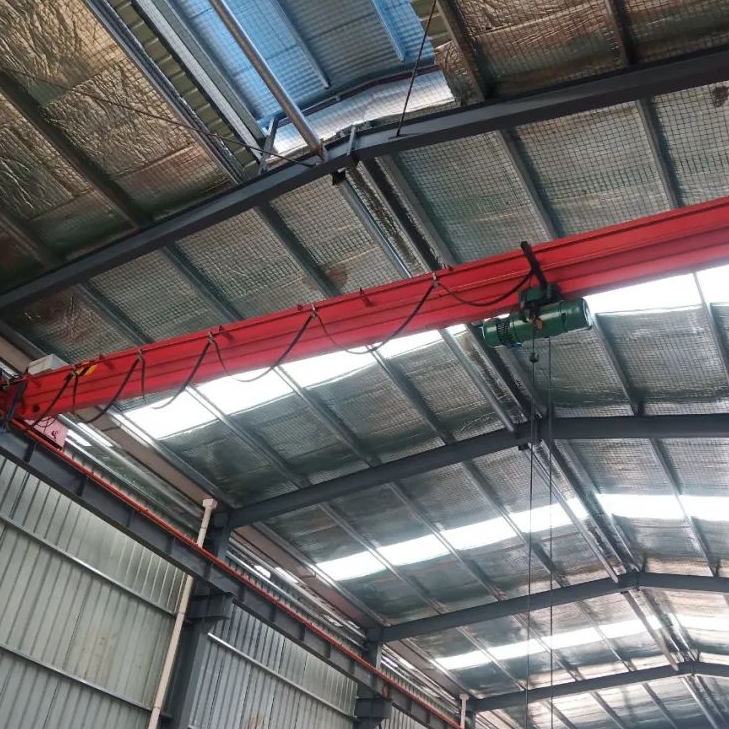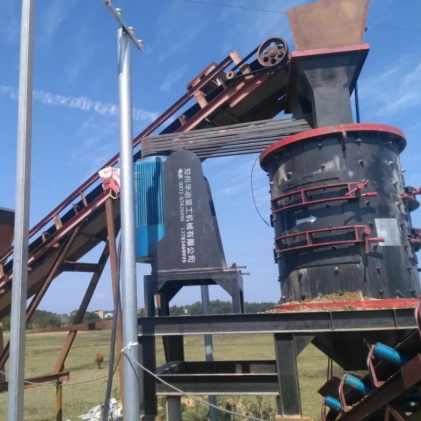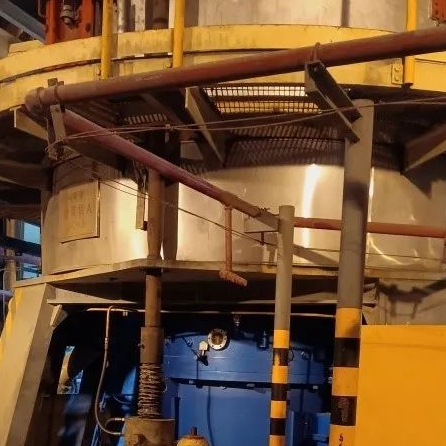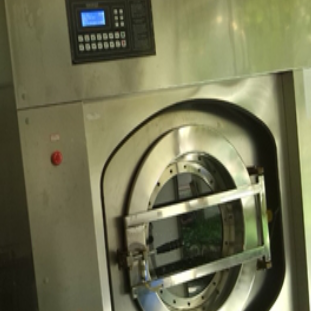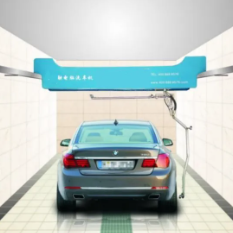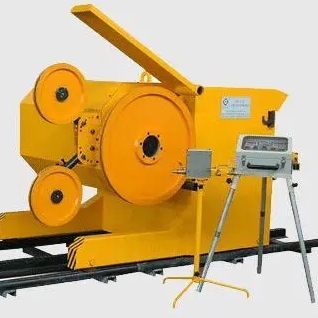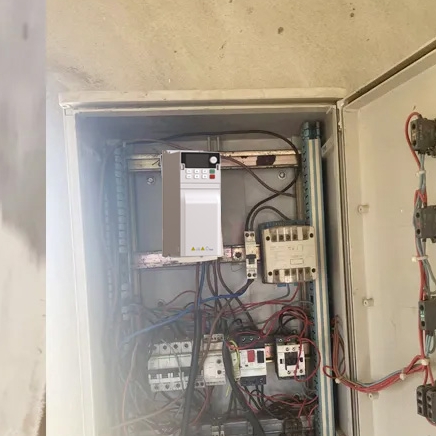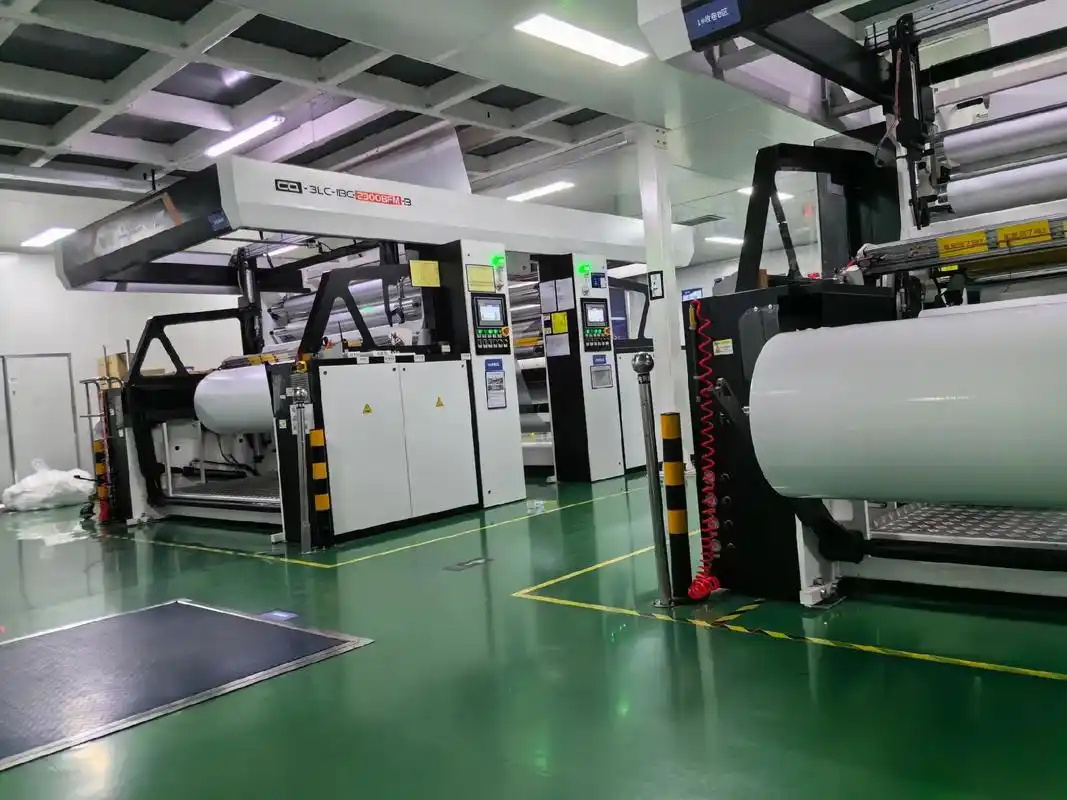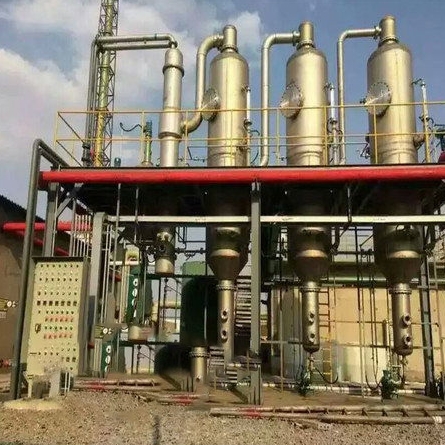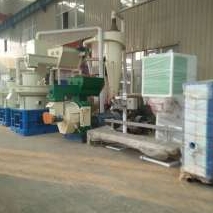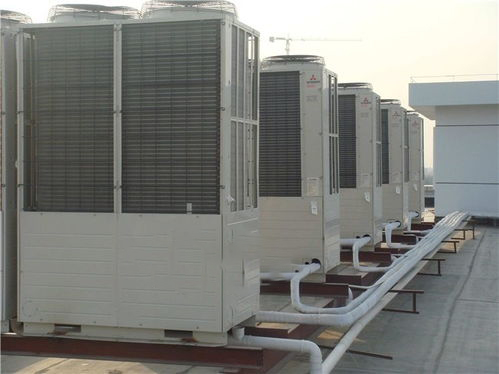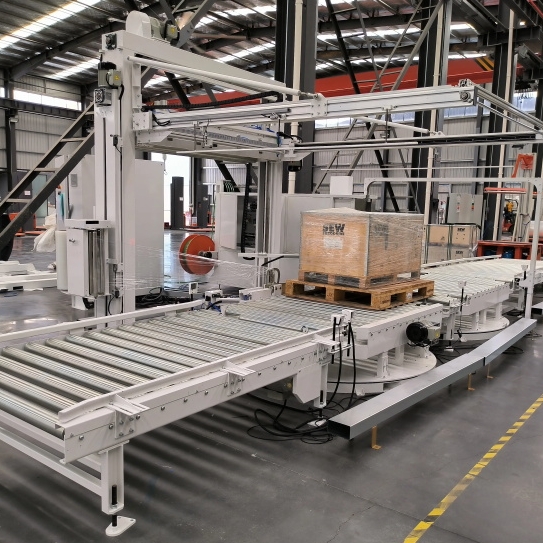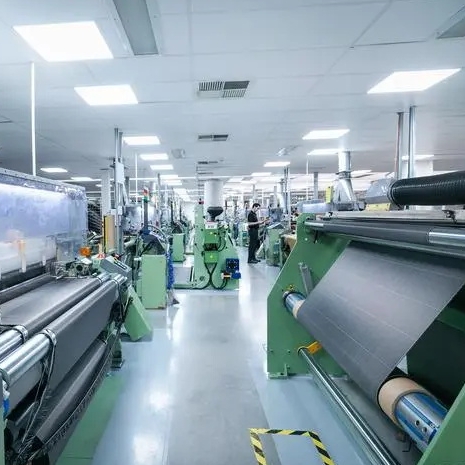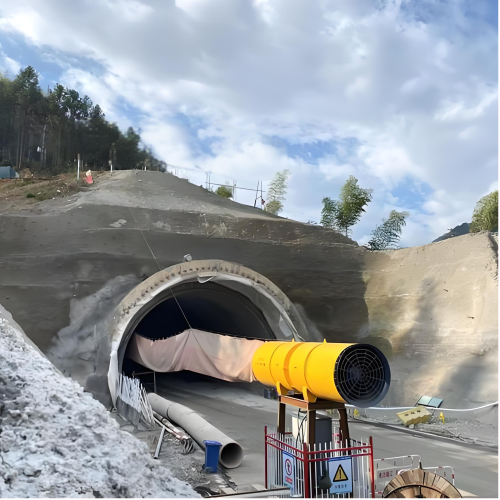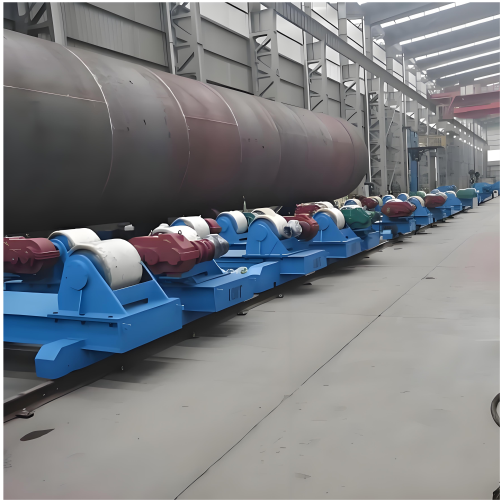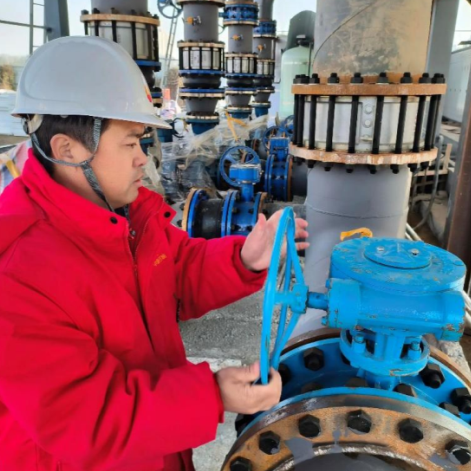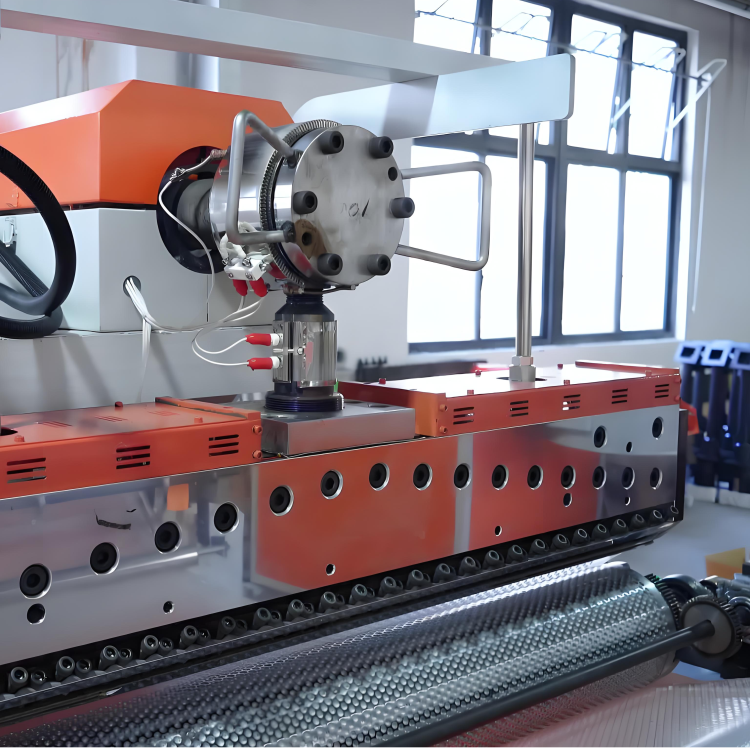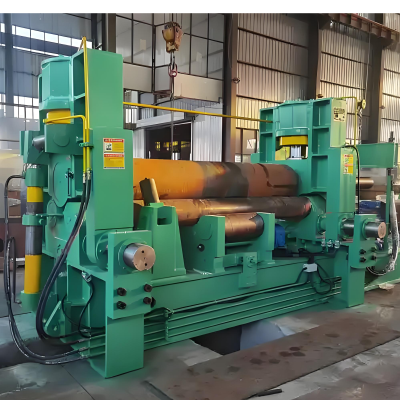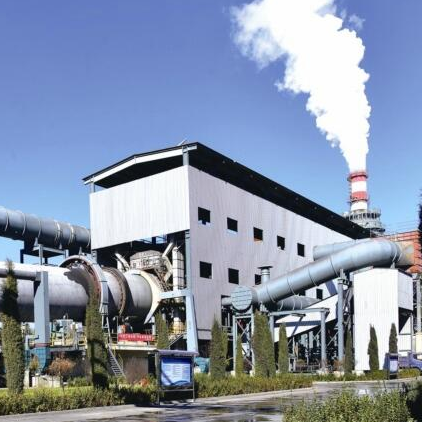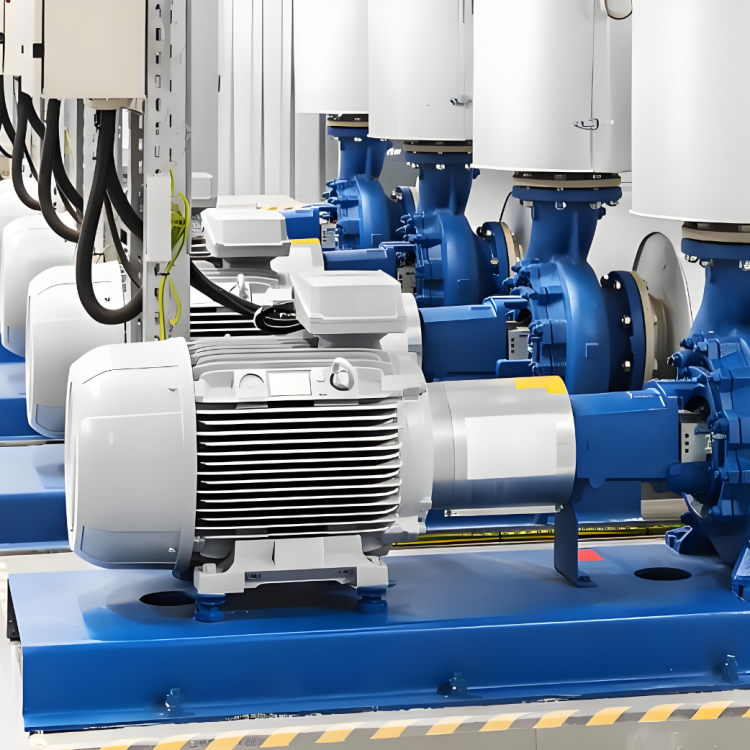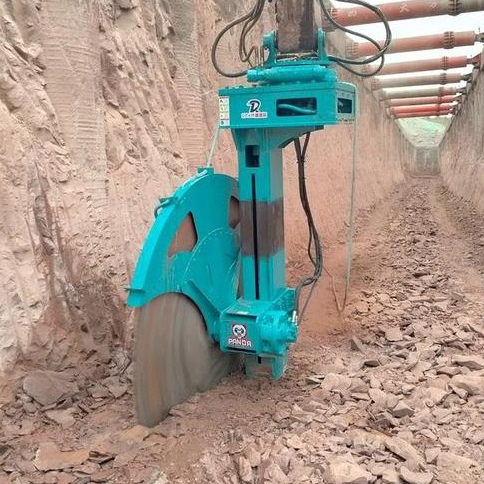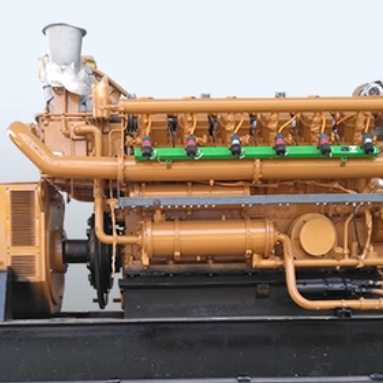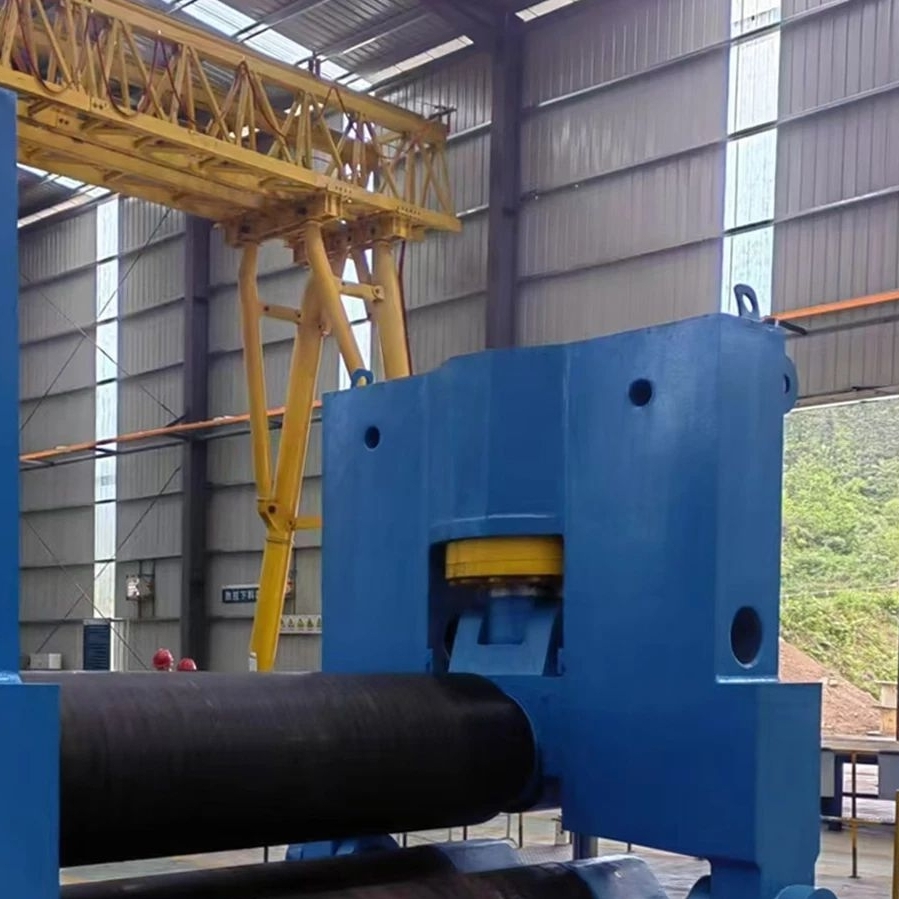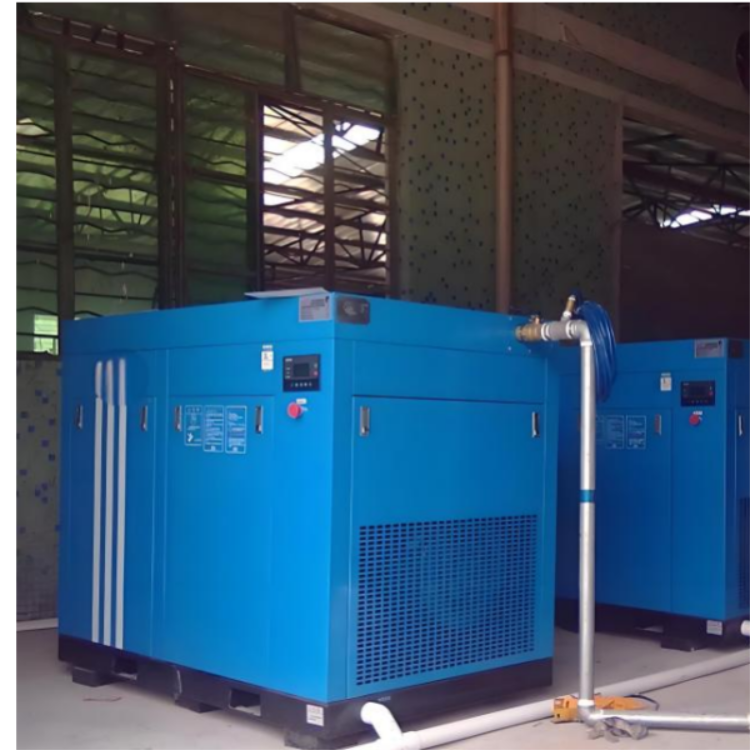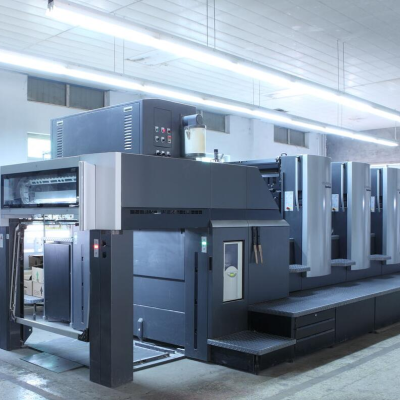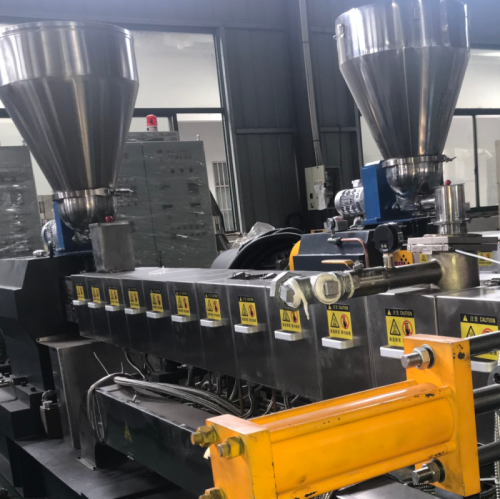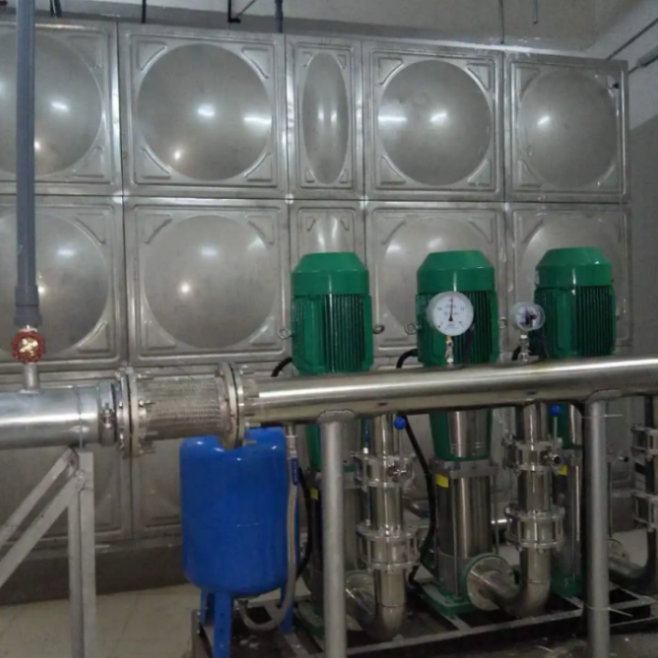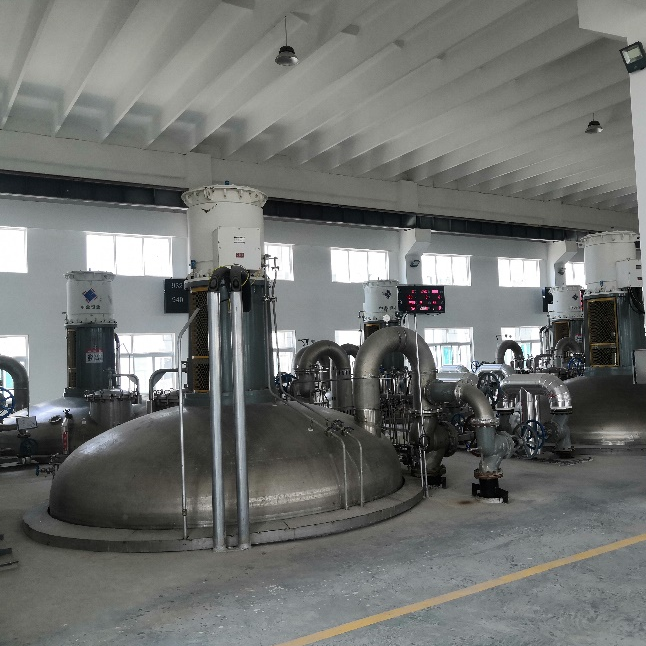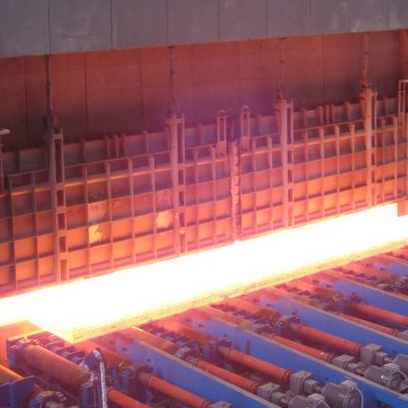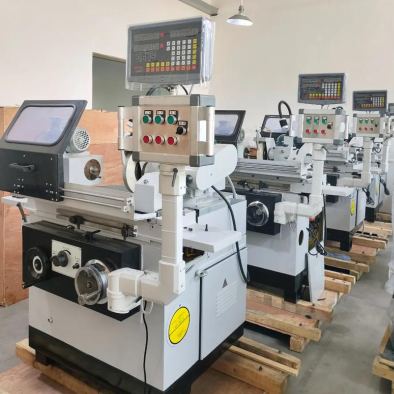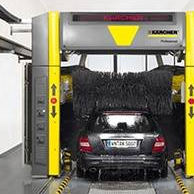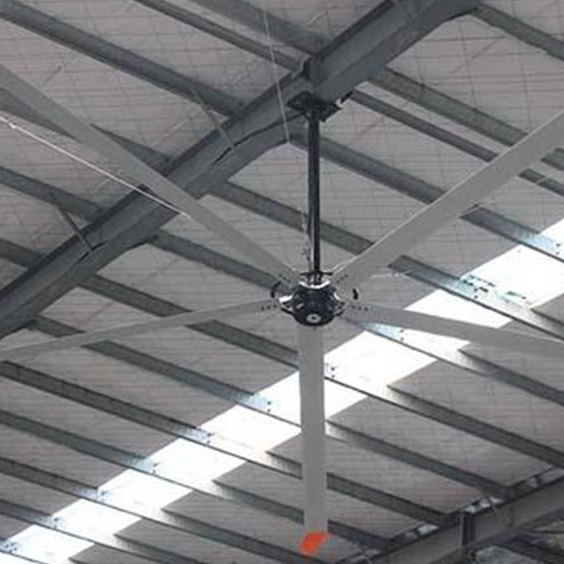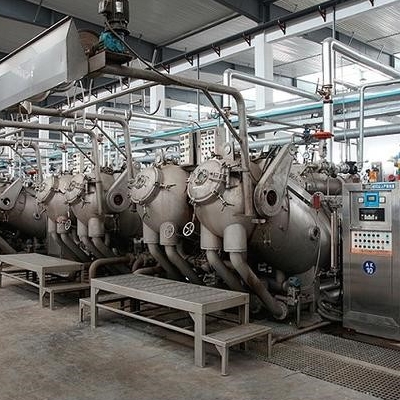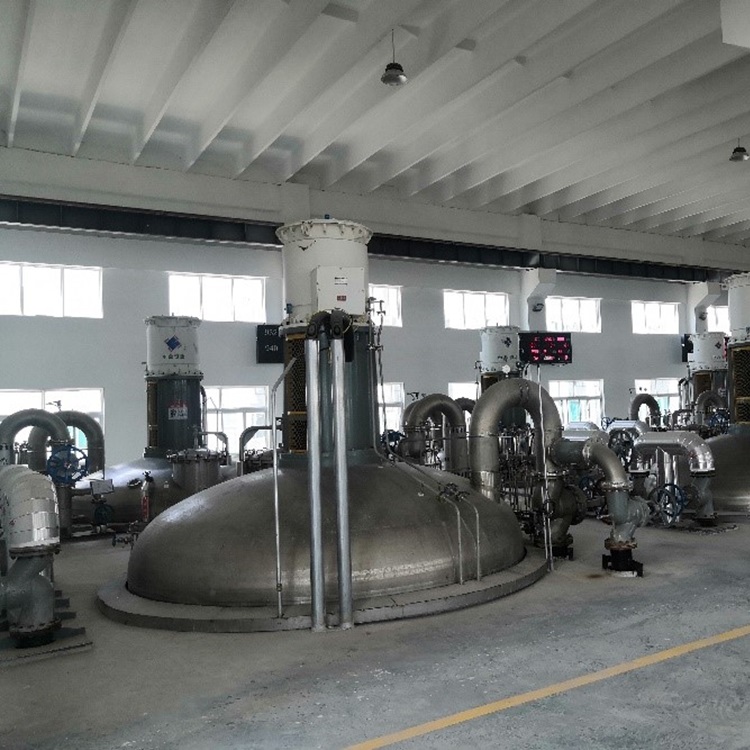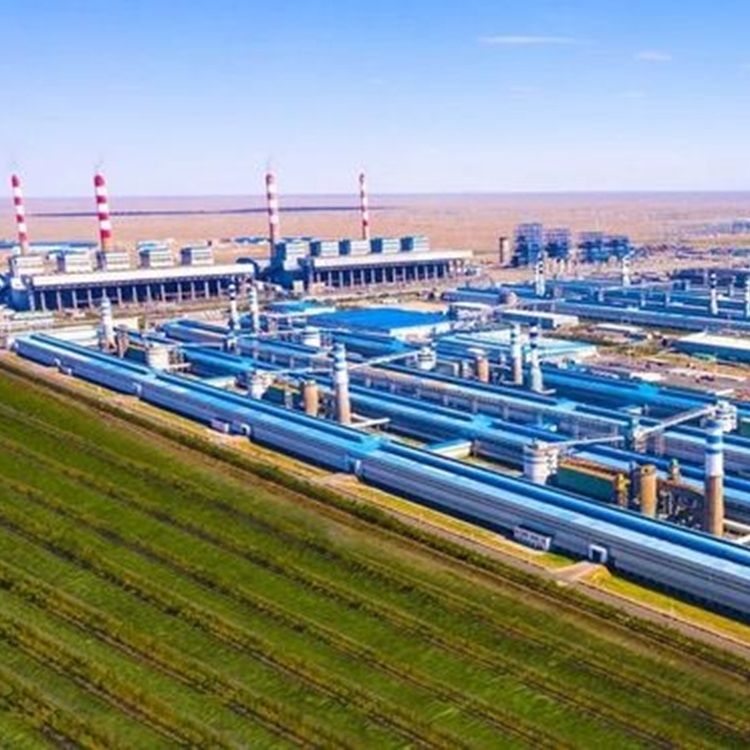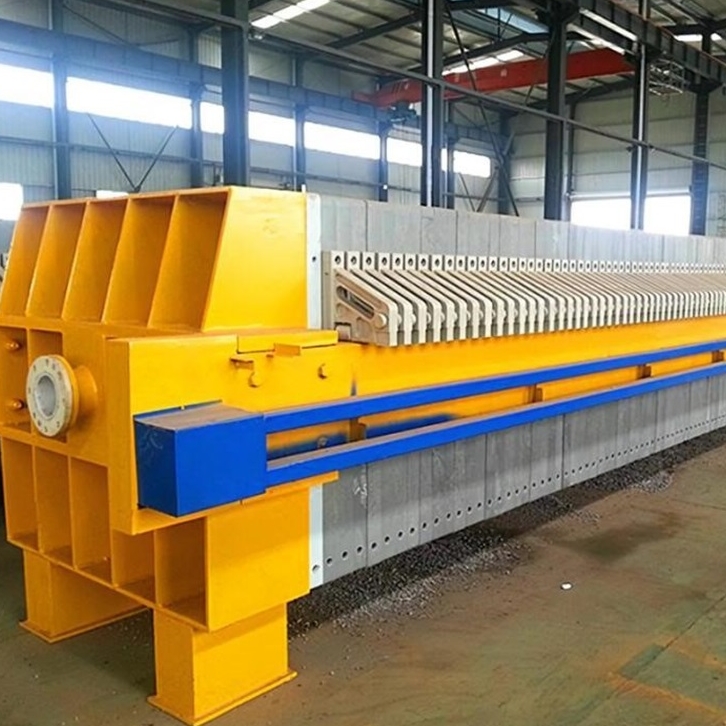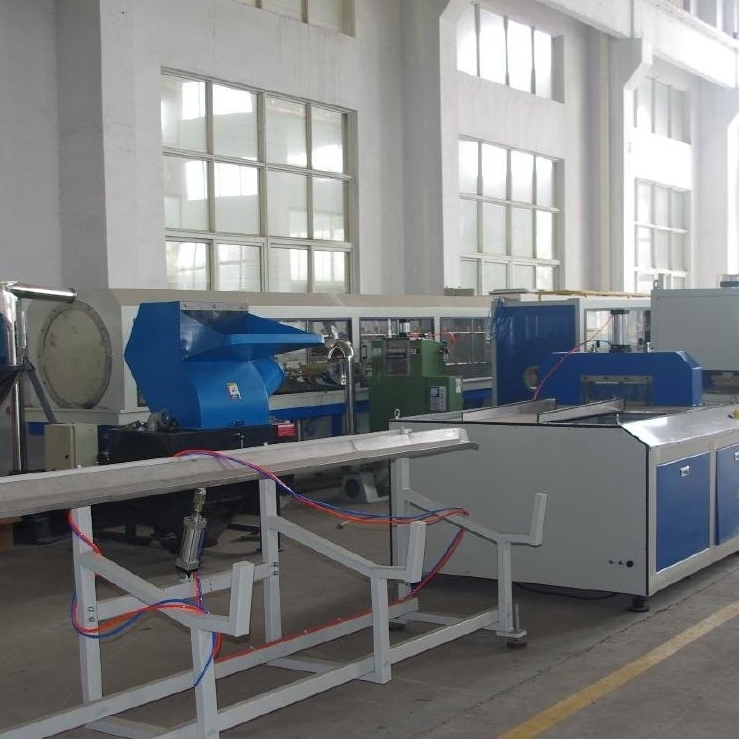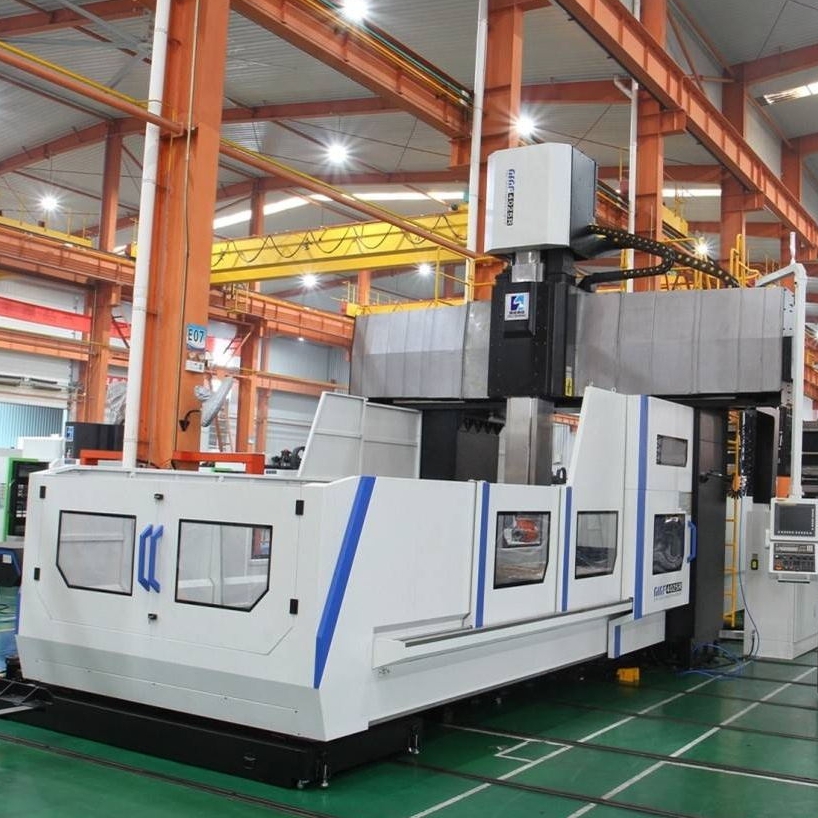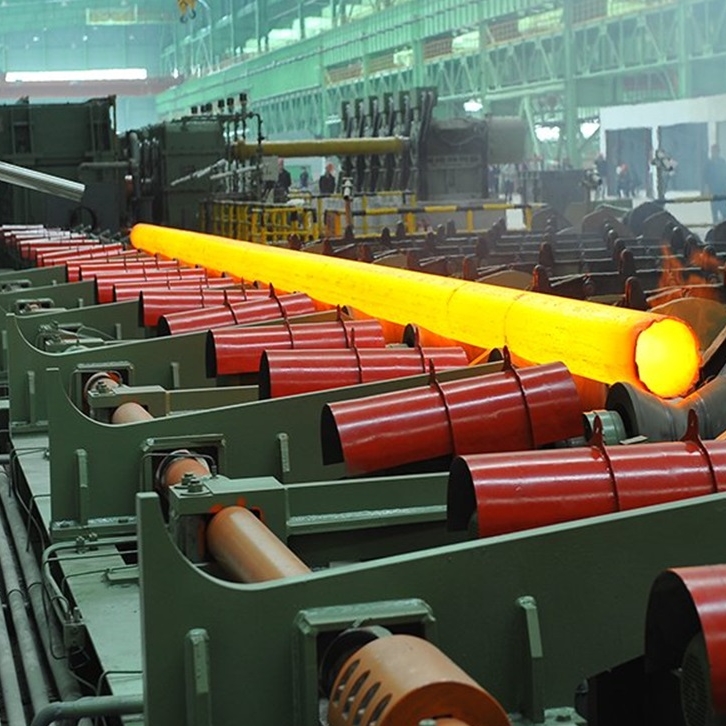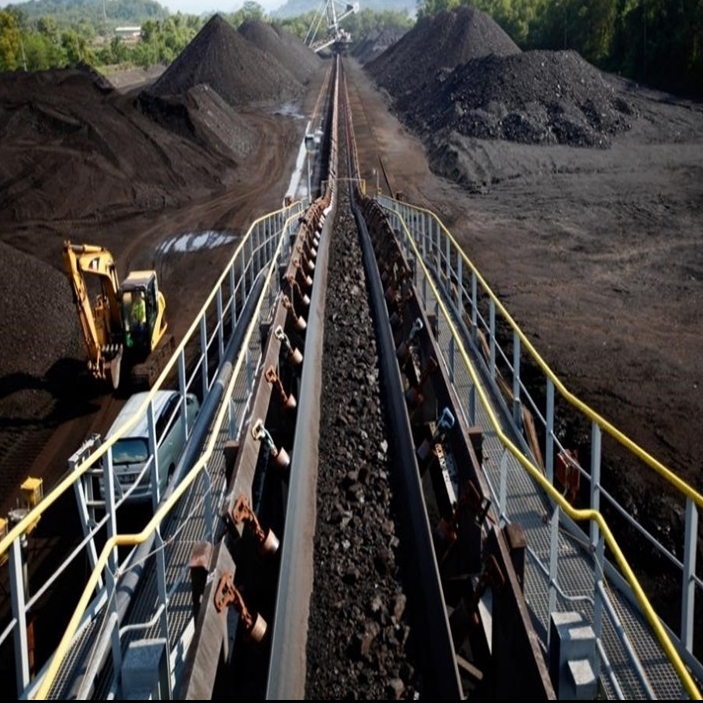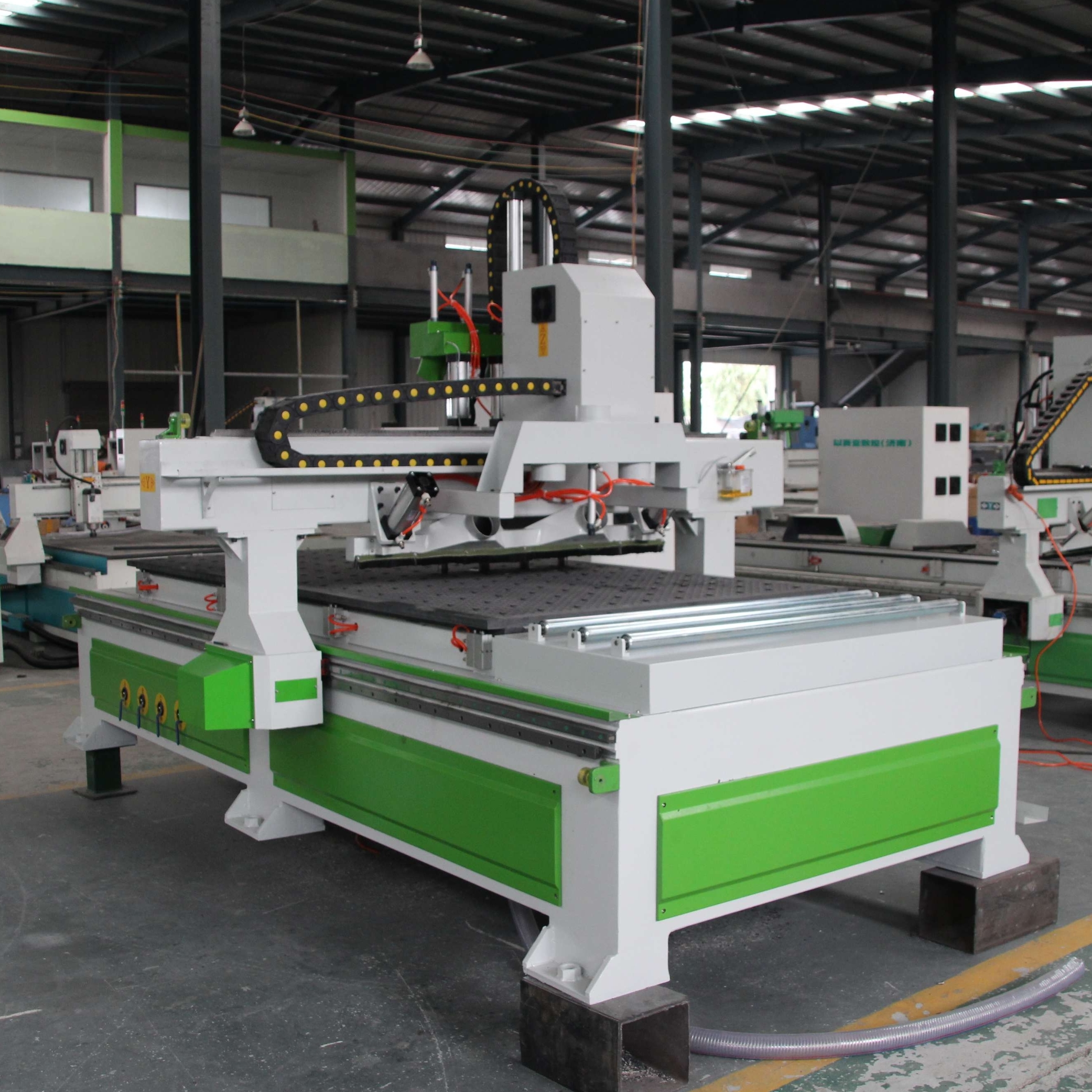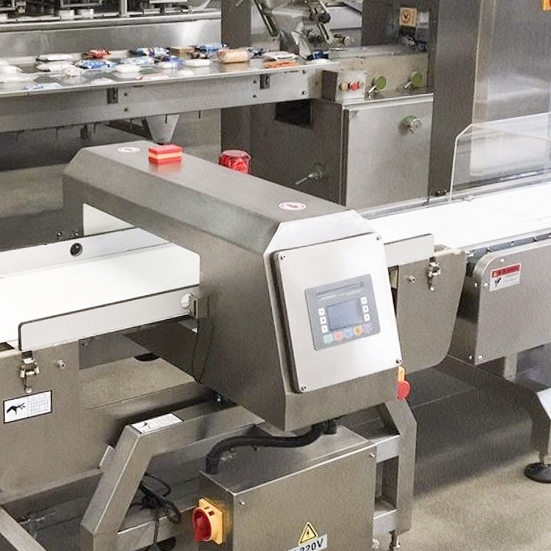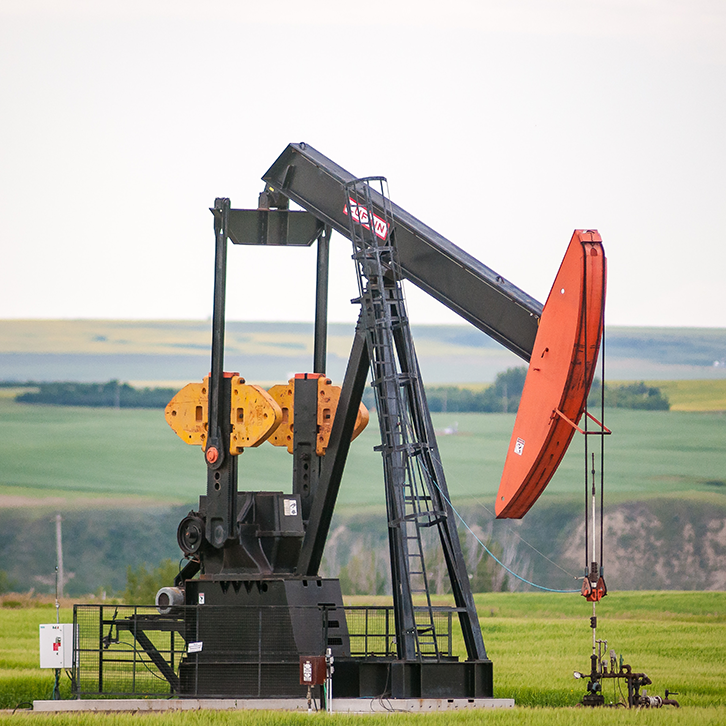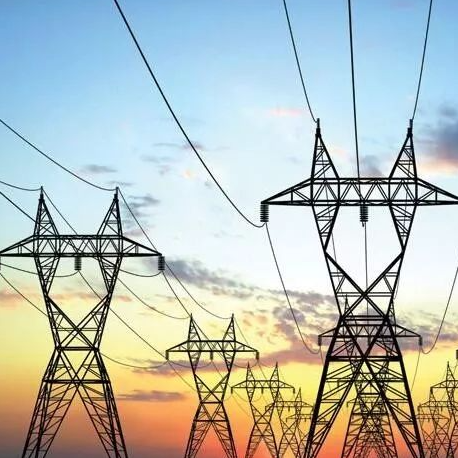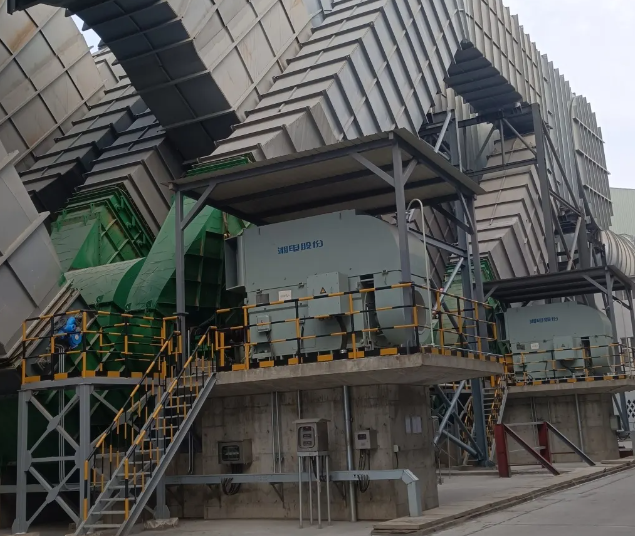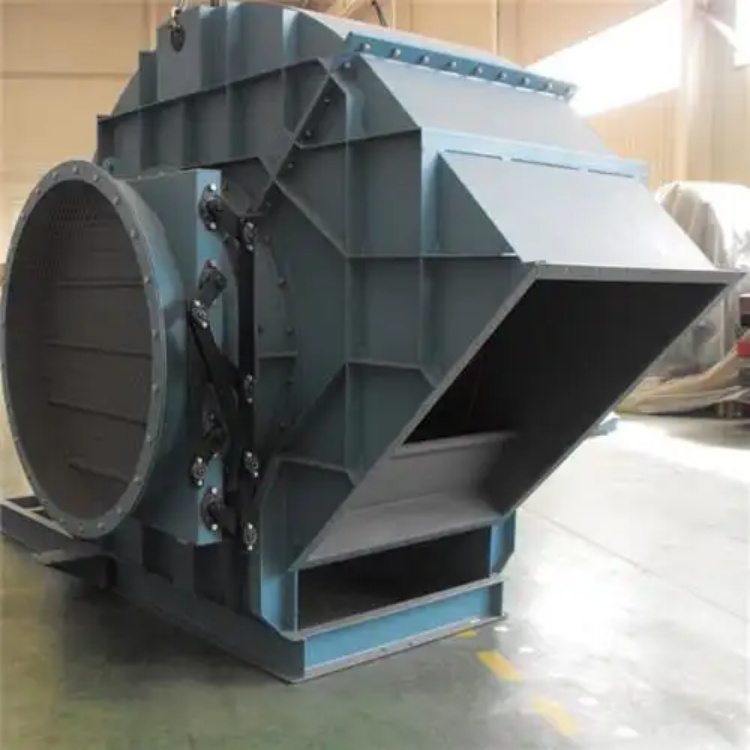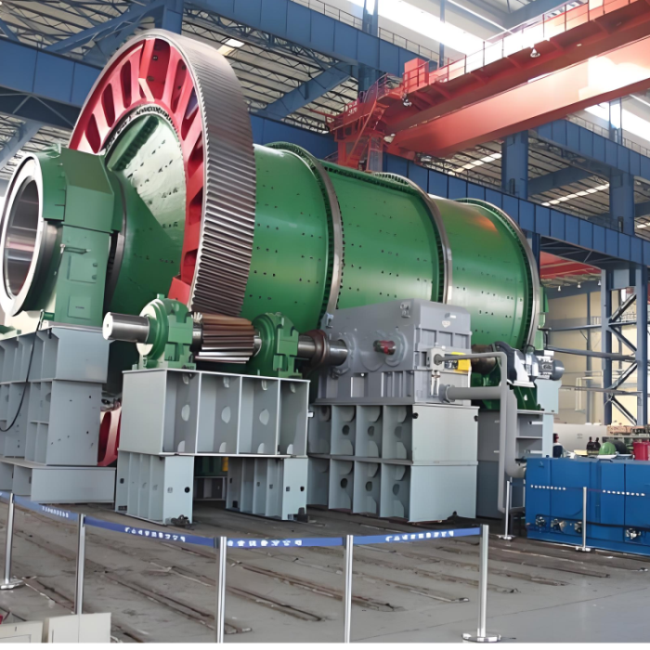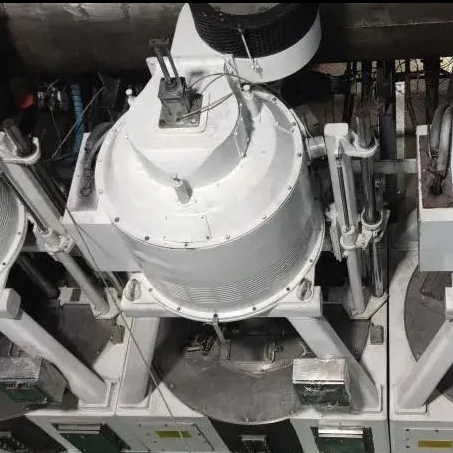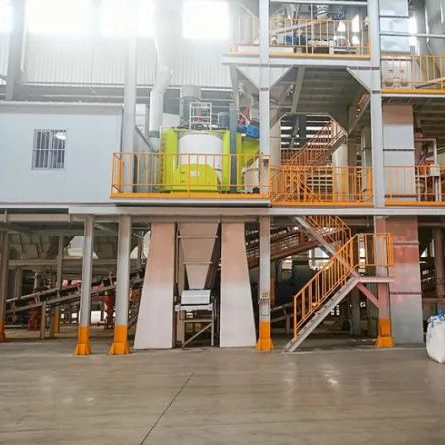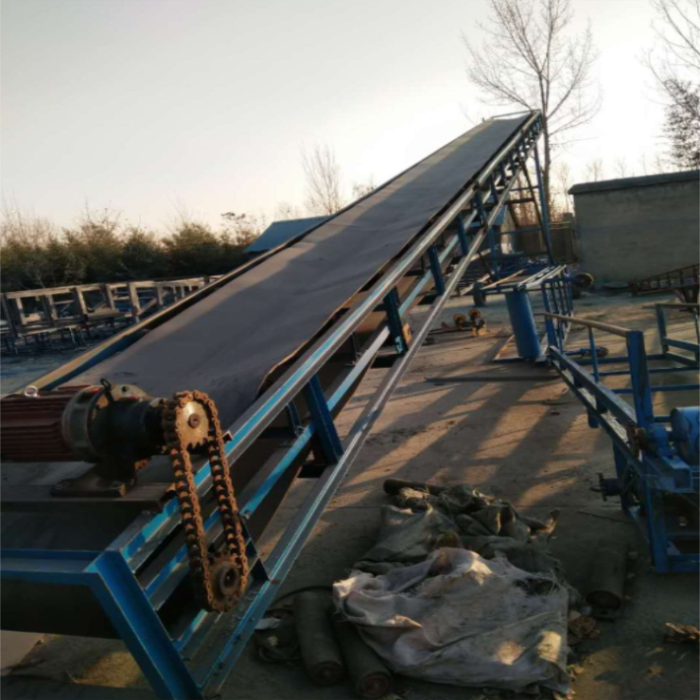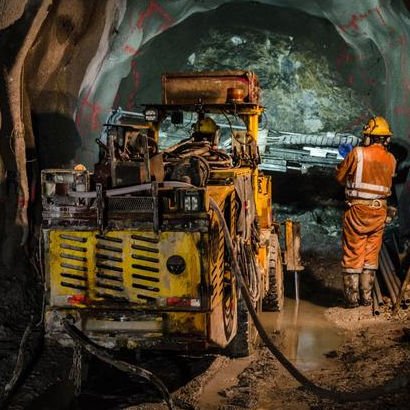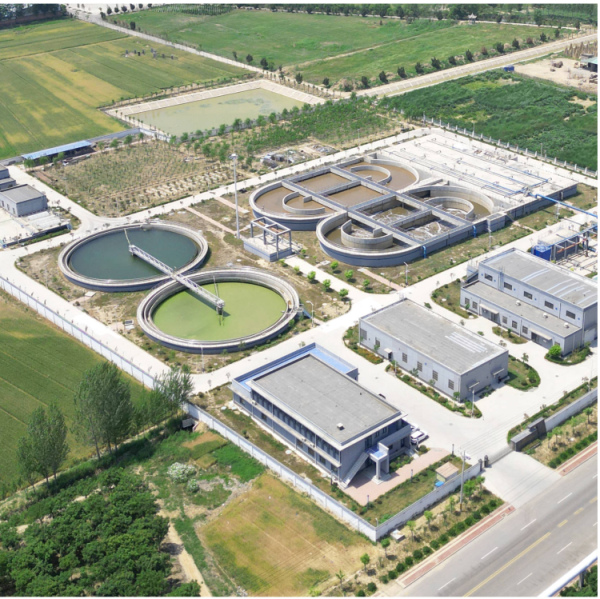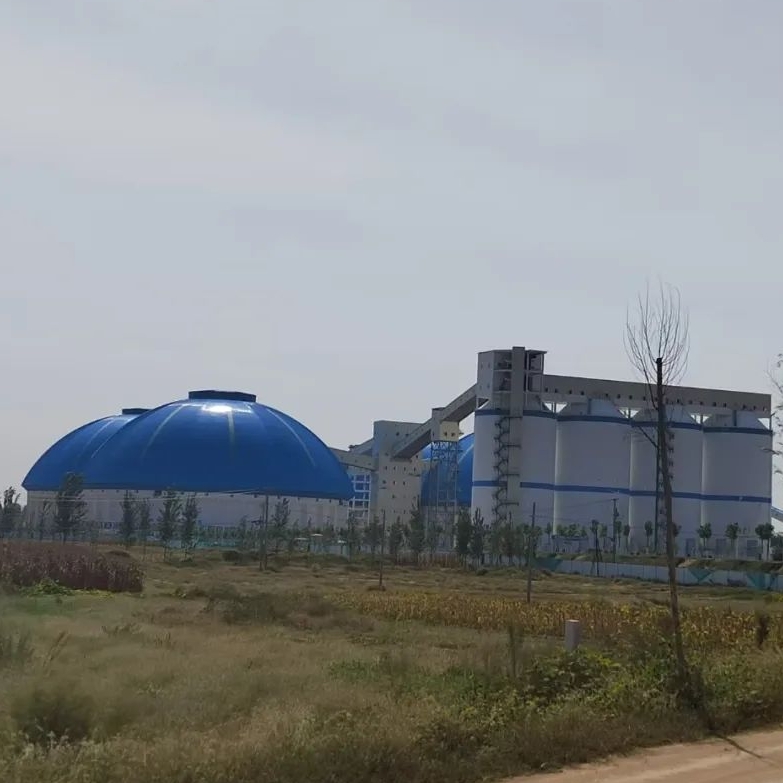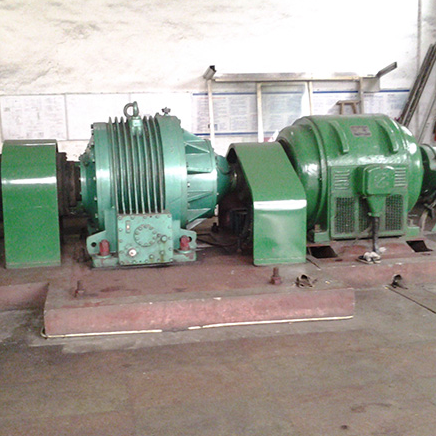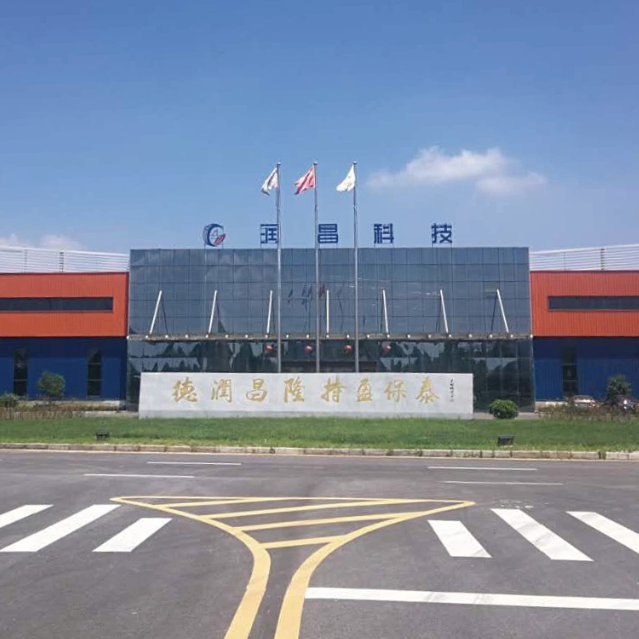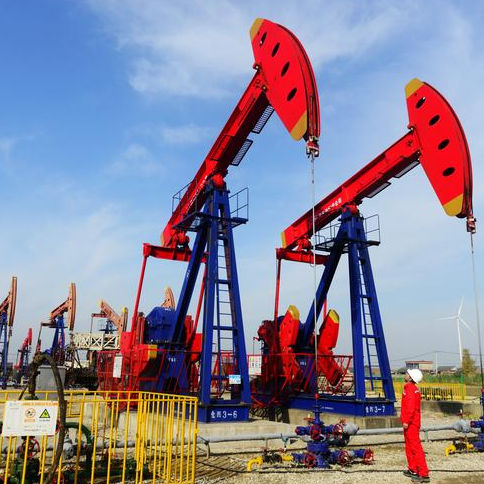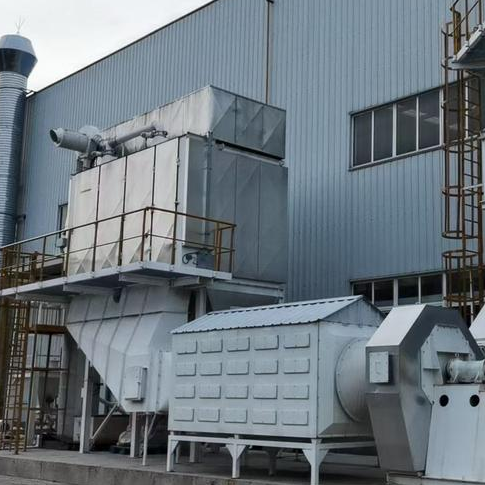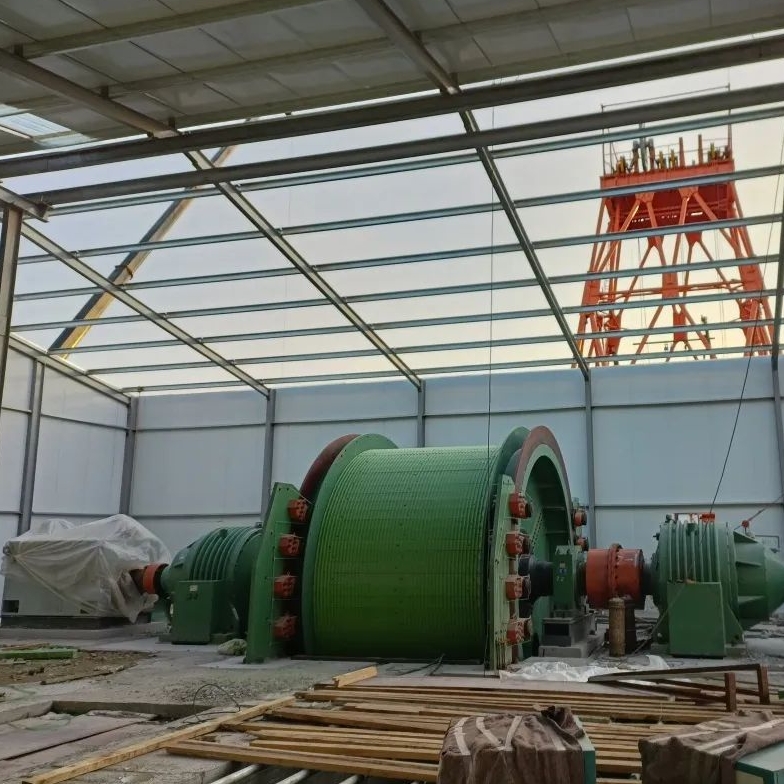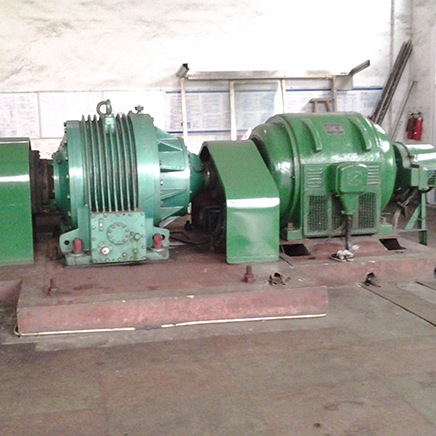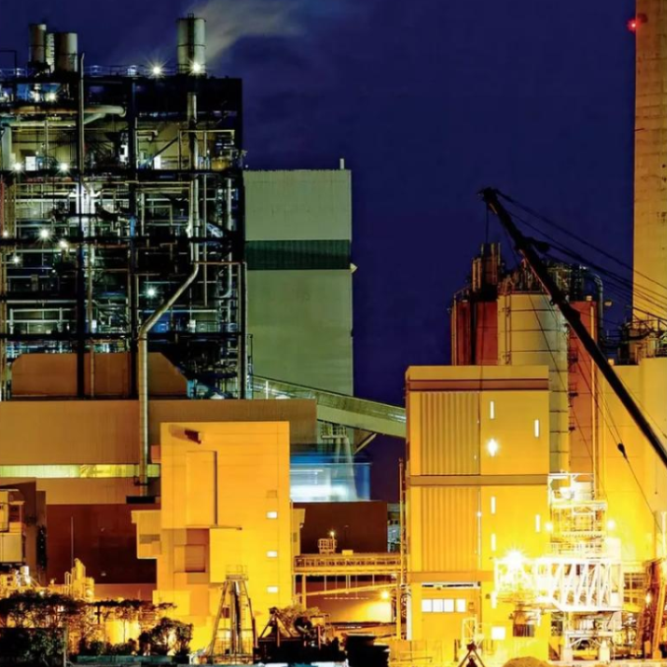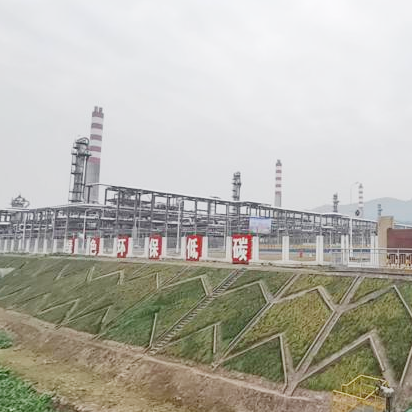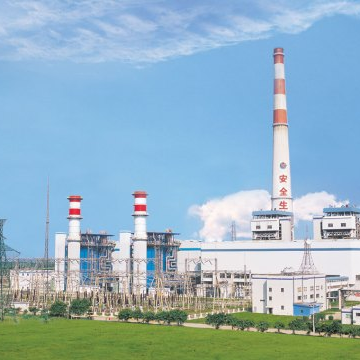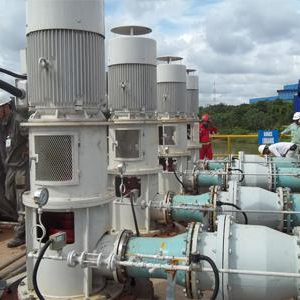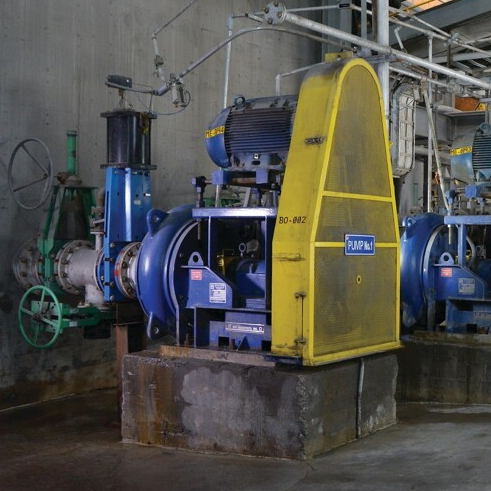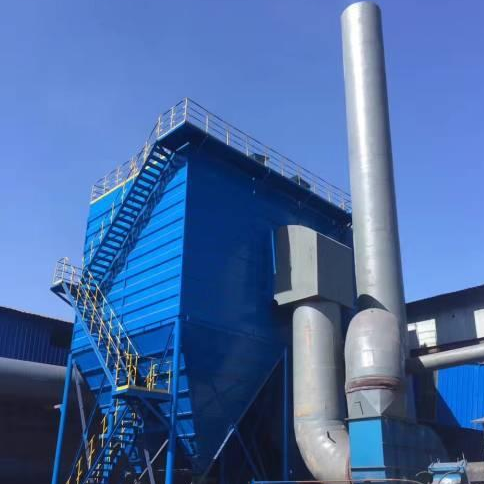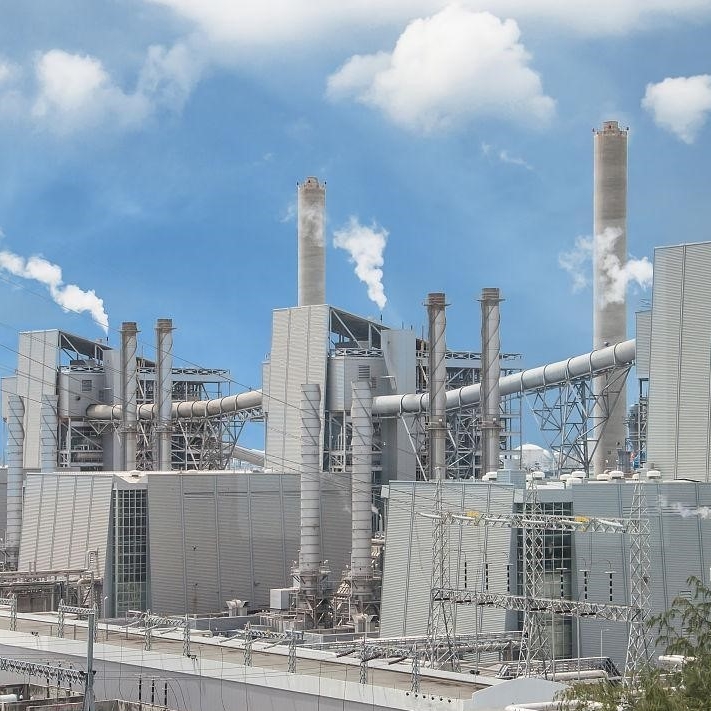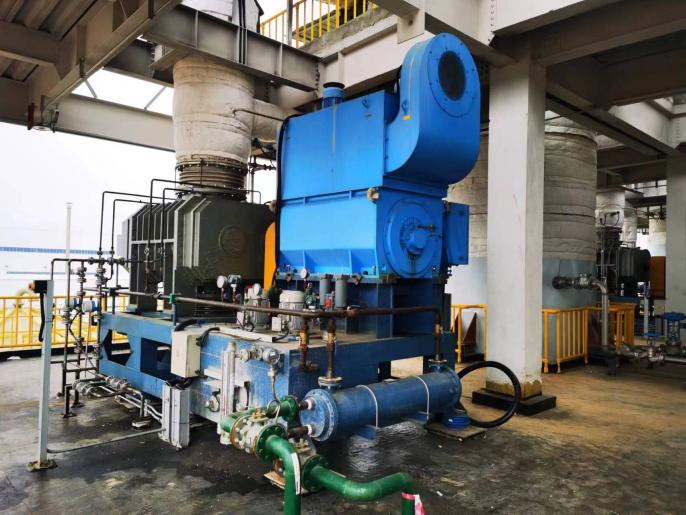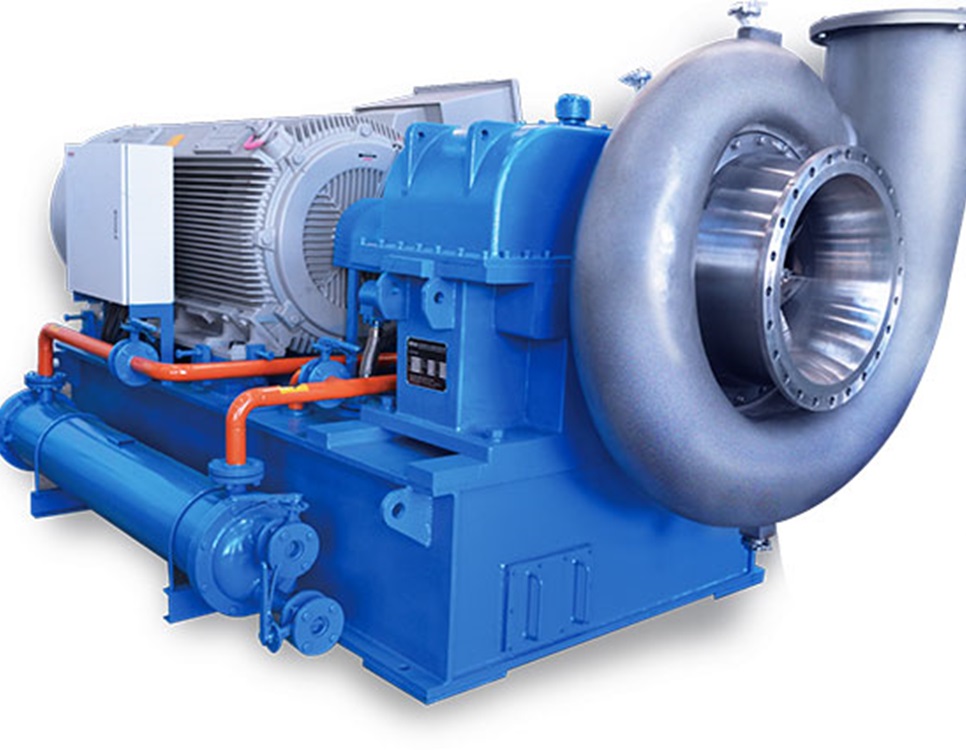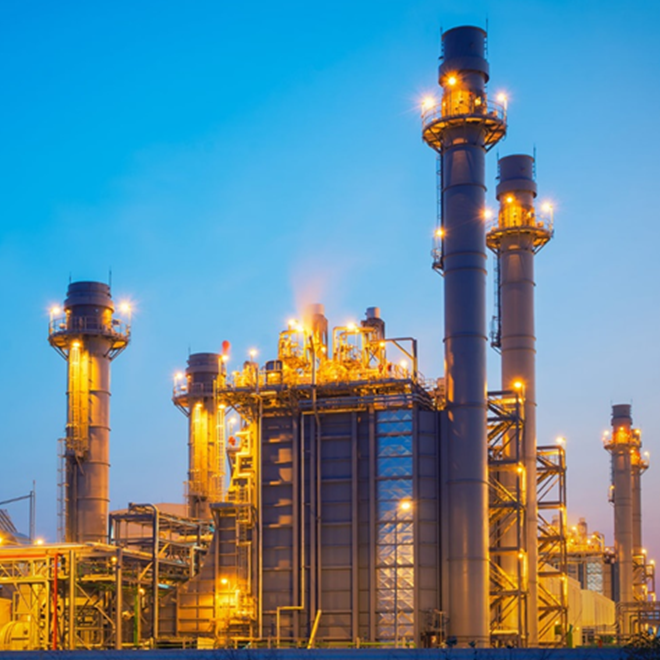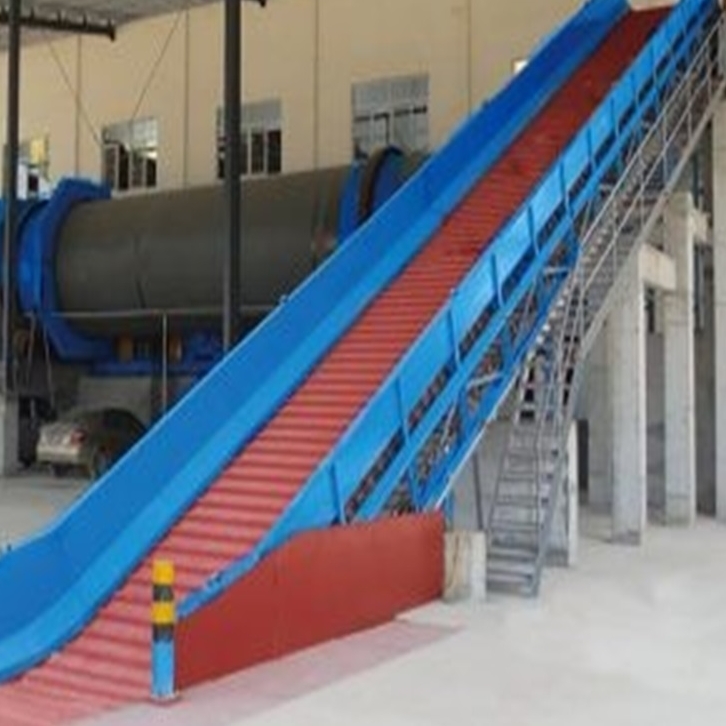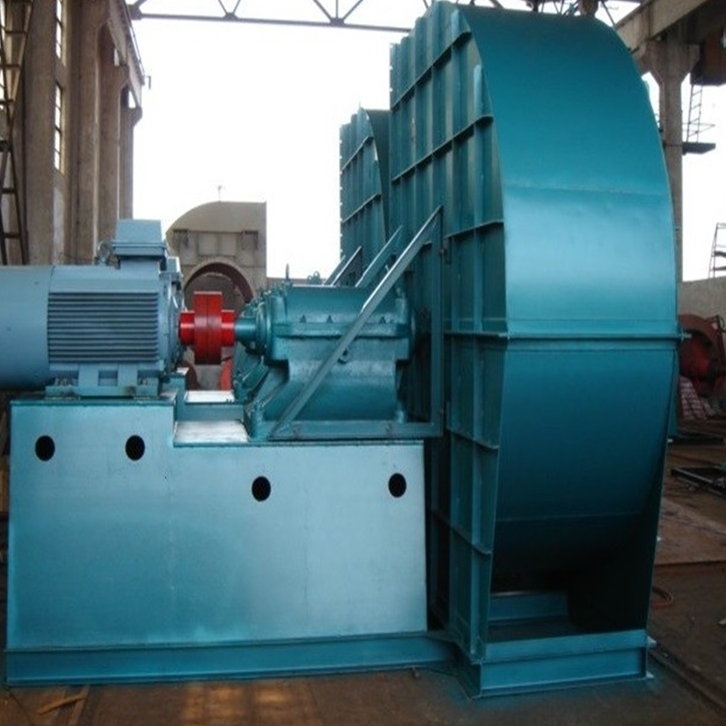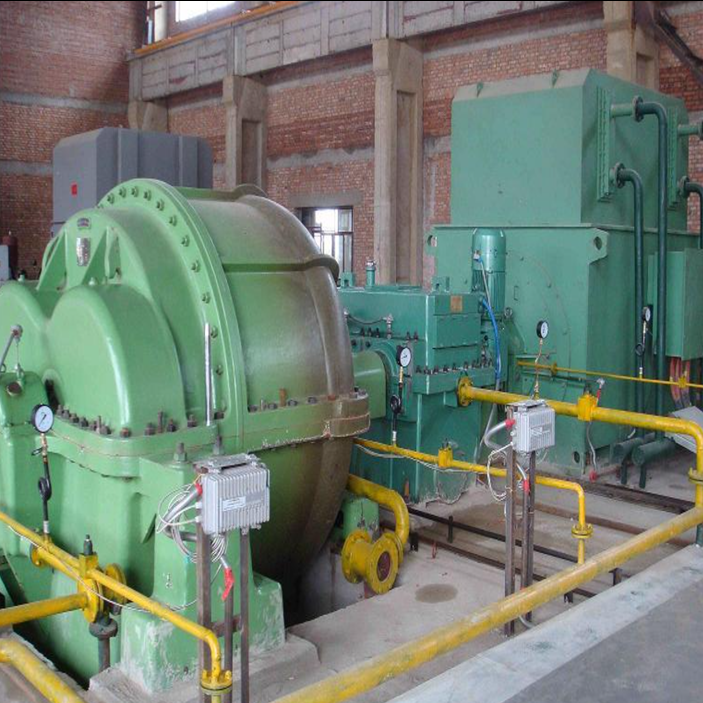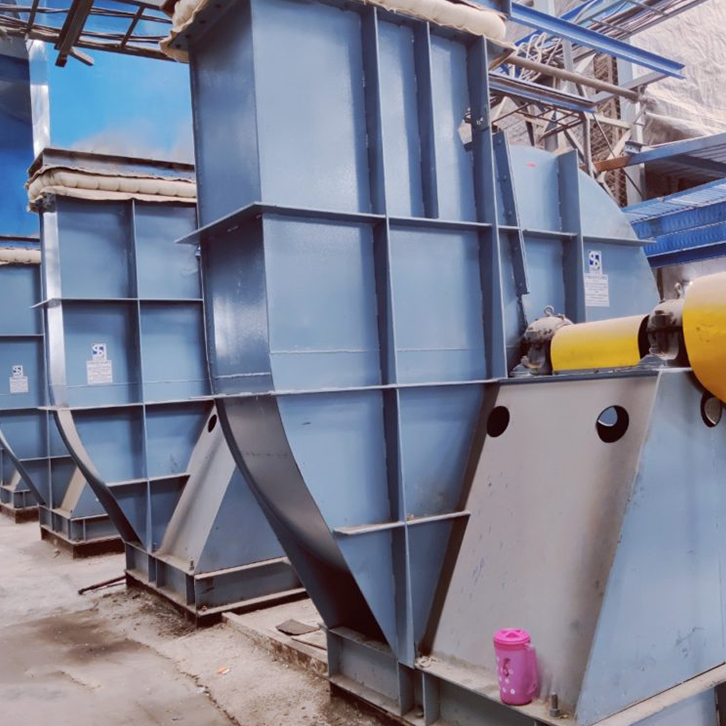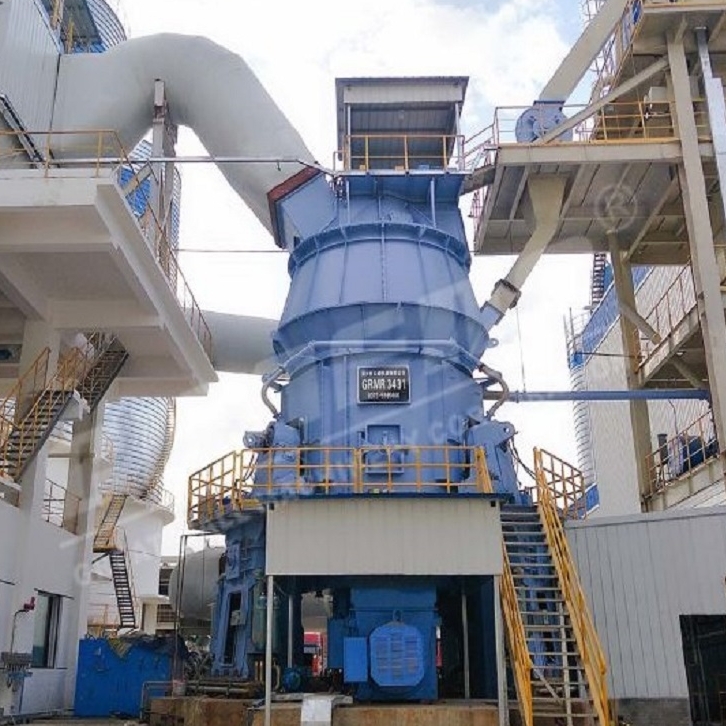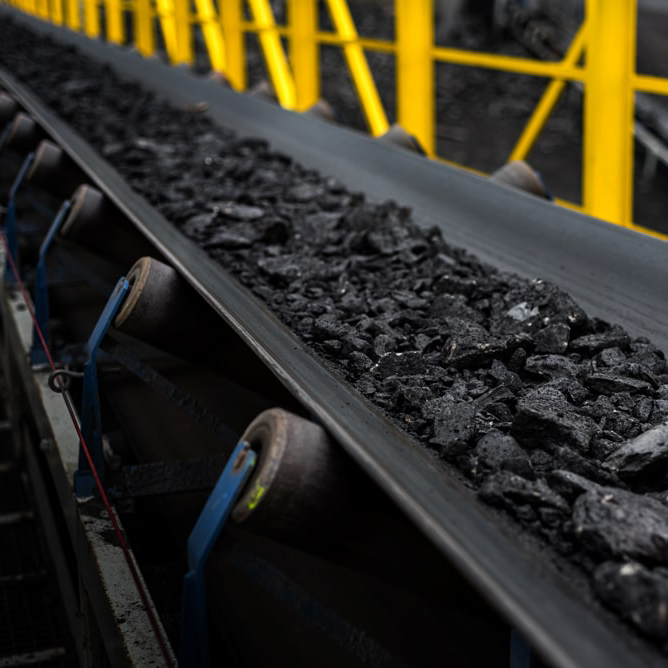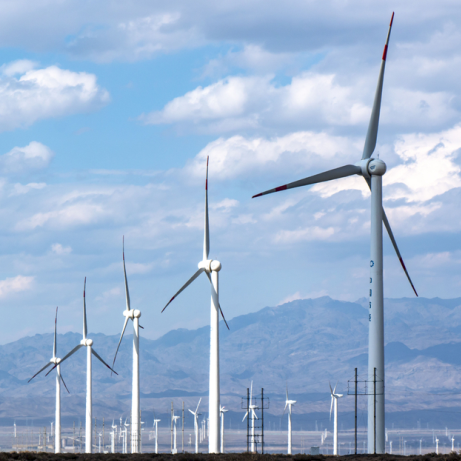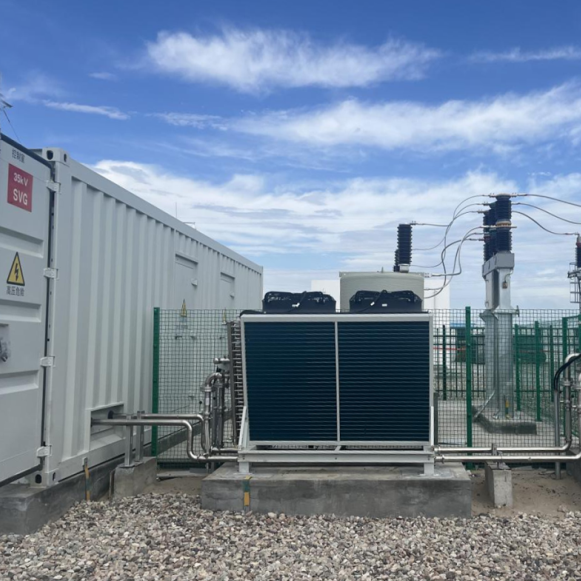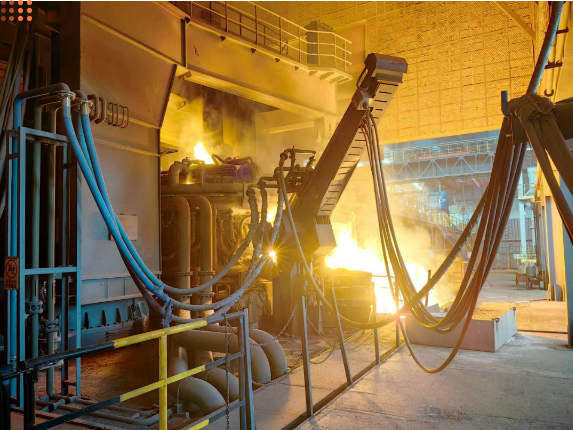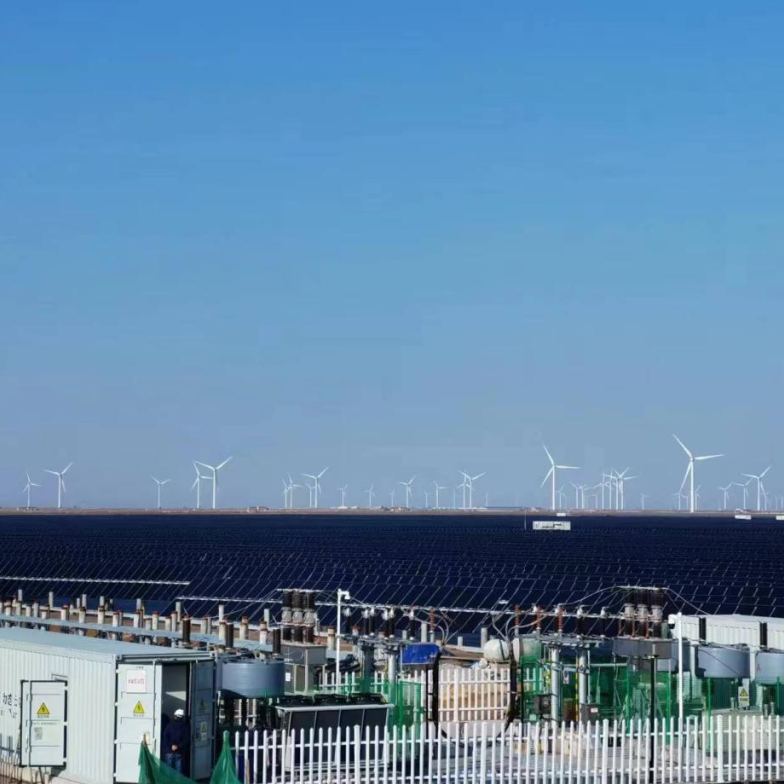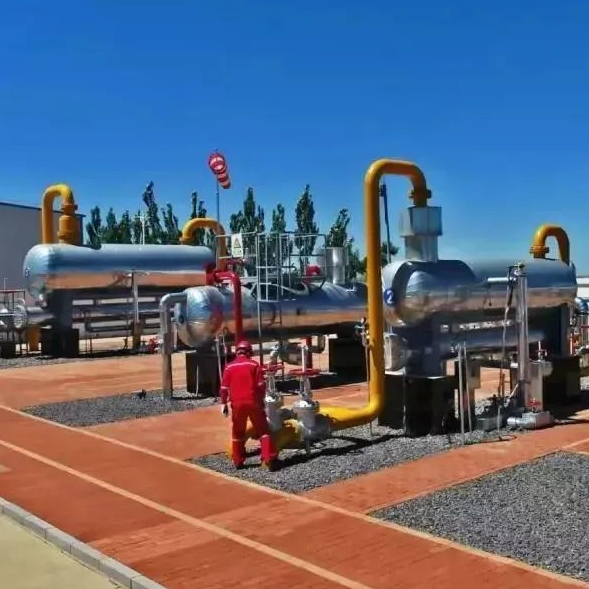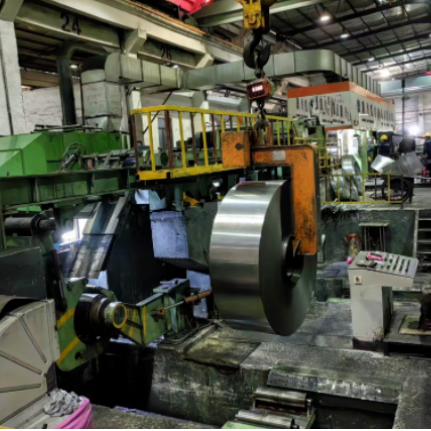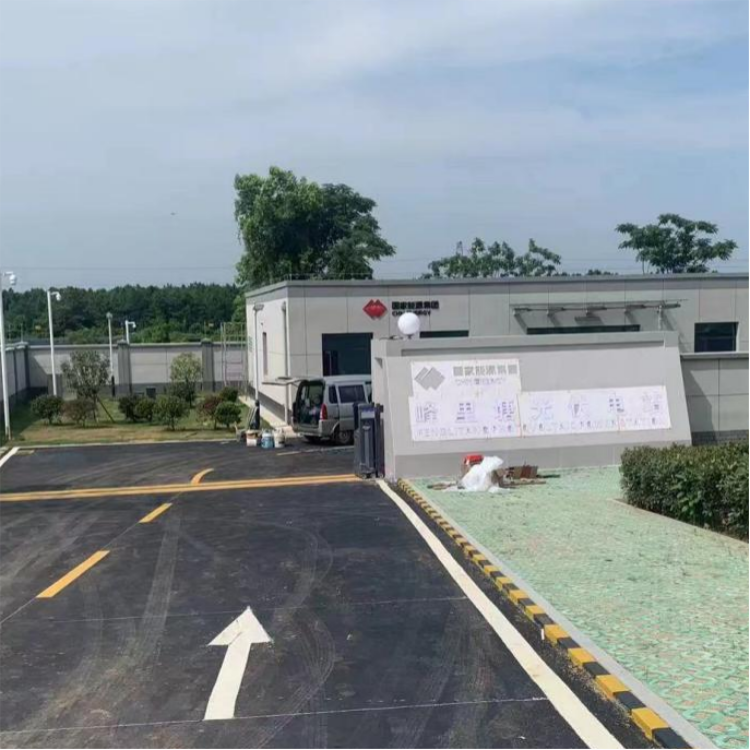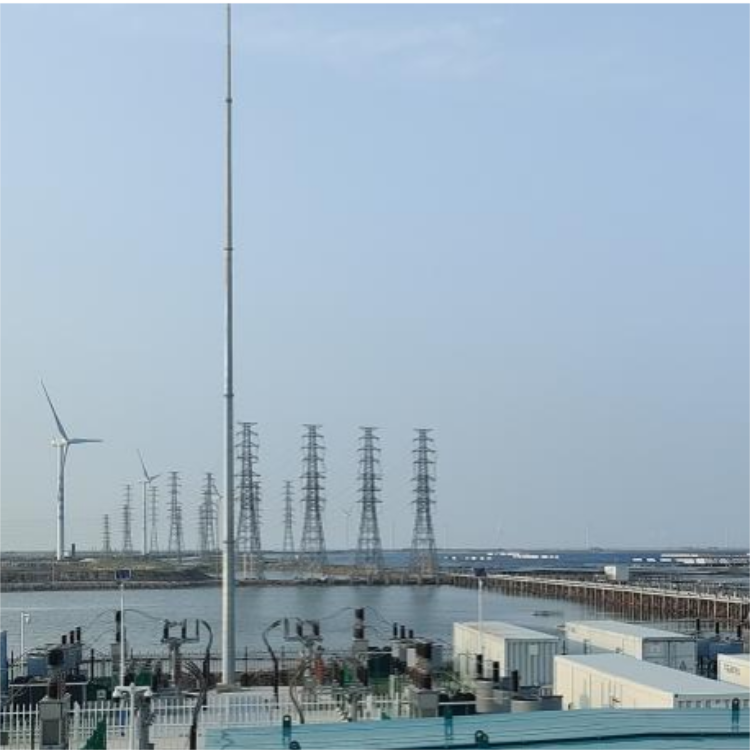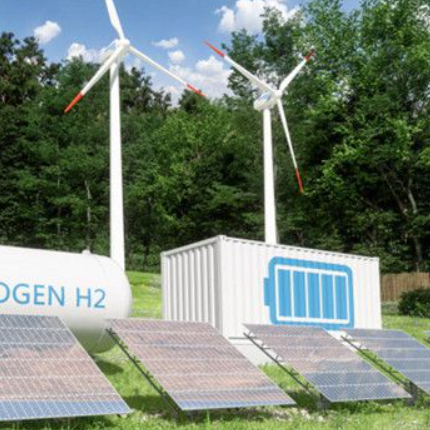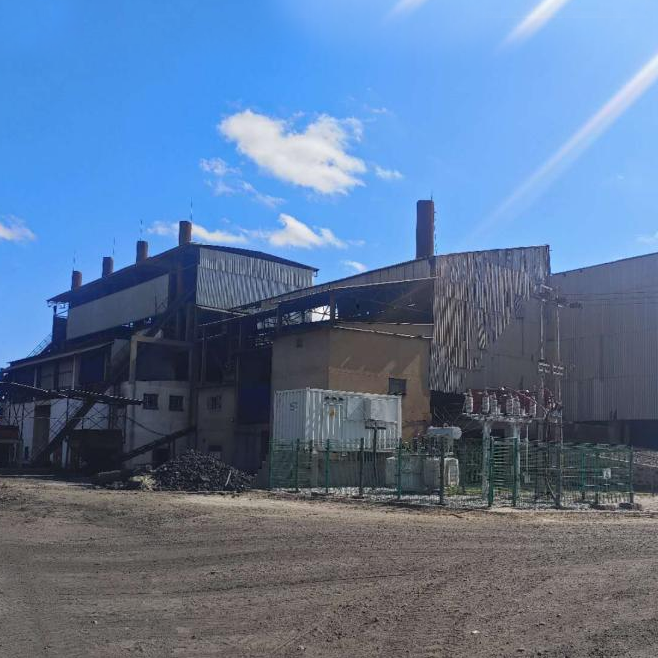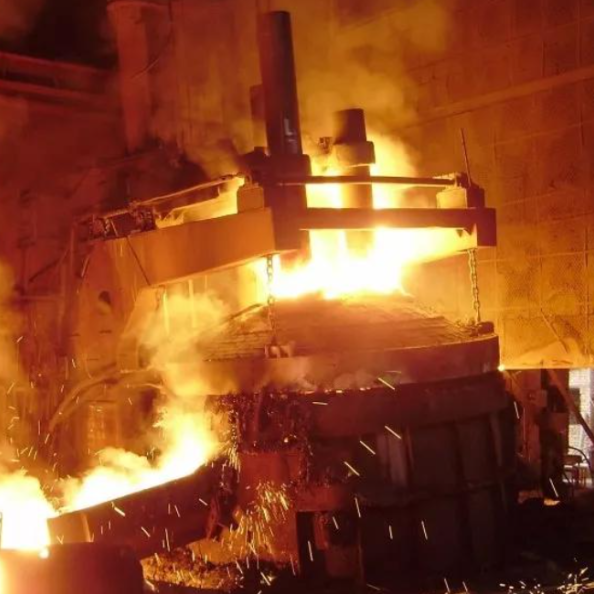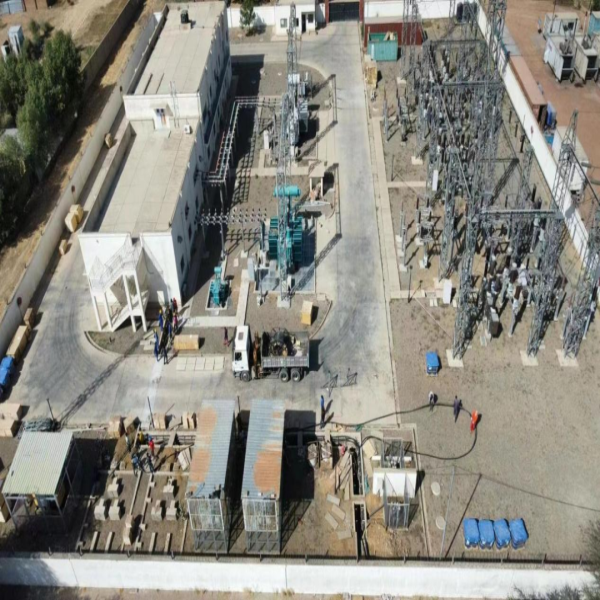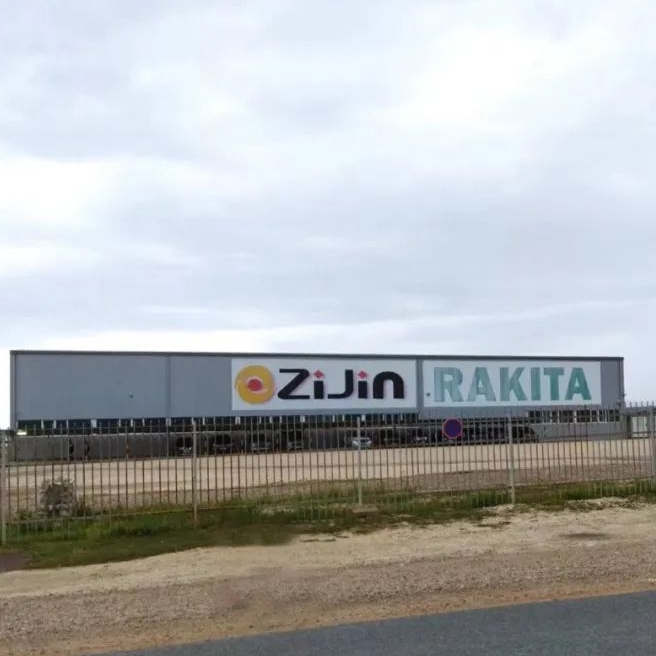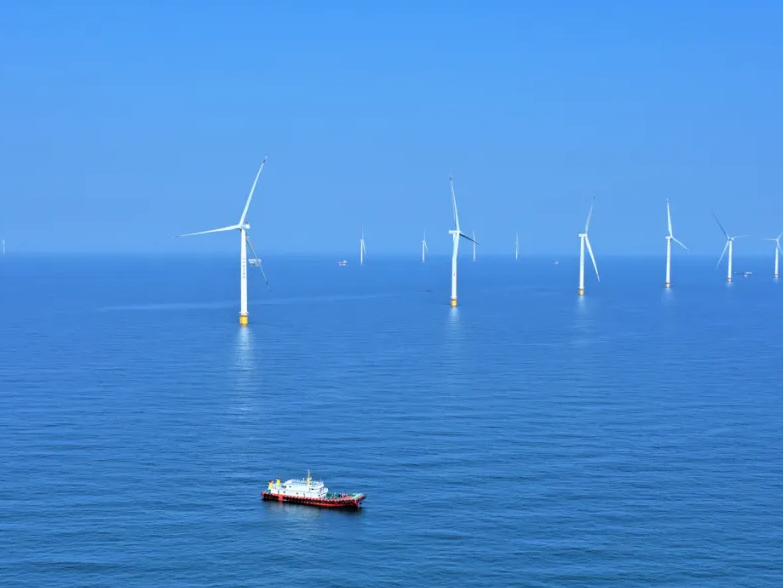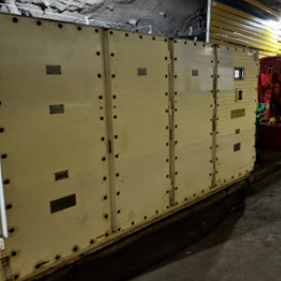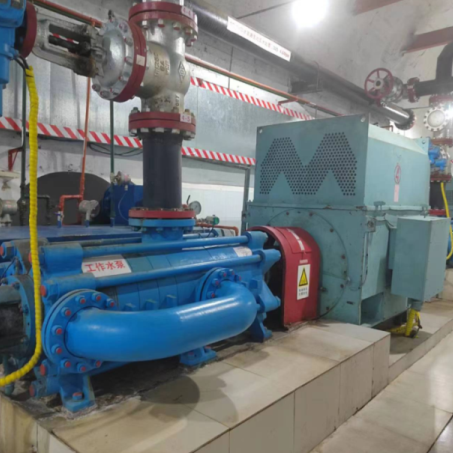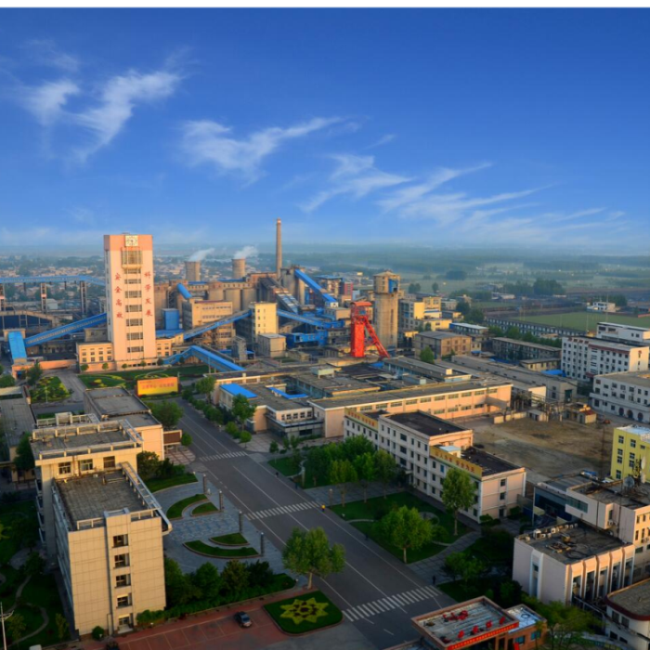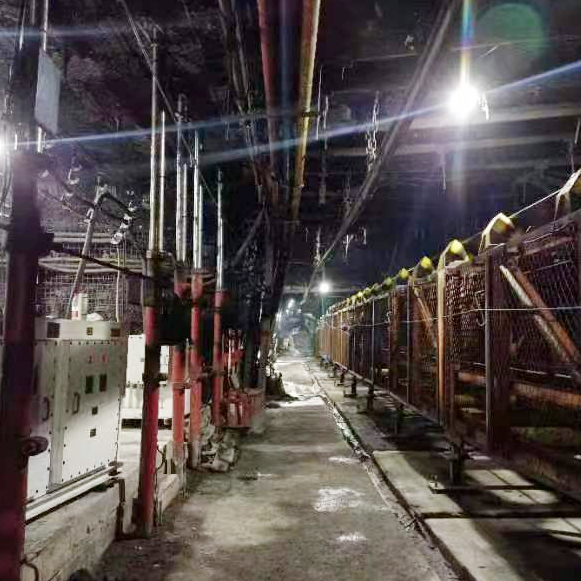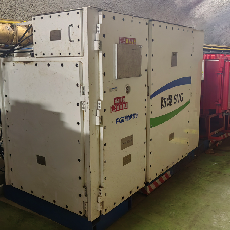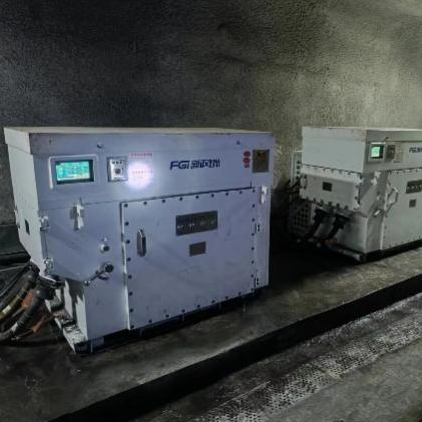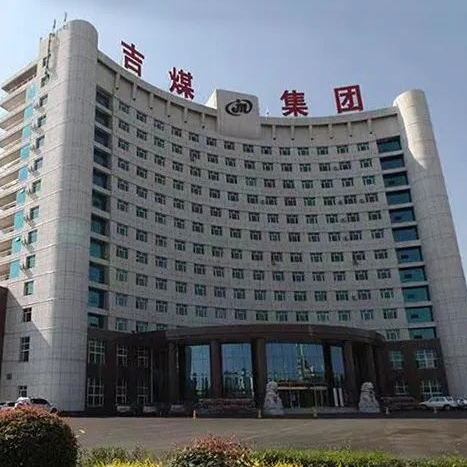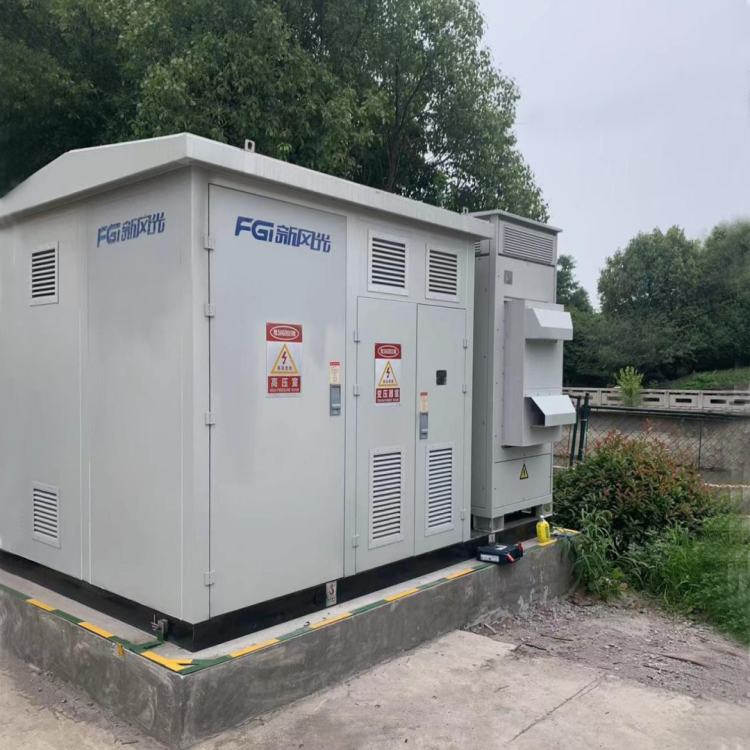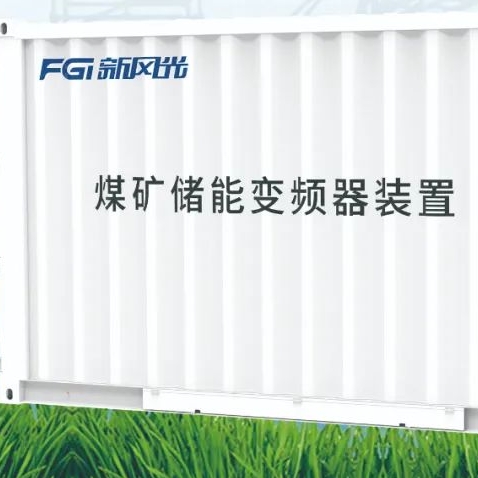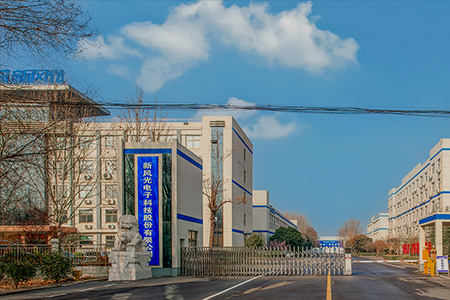1.Overview
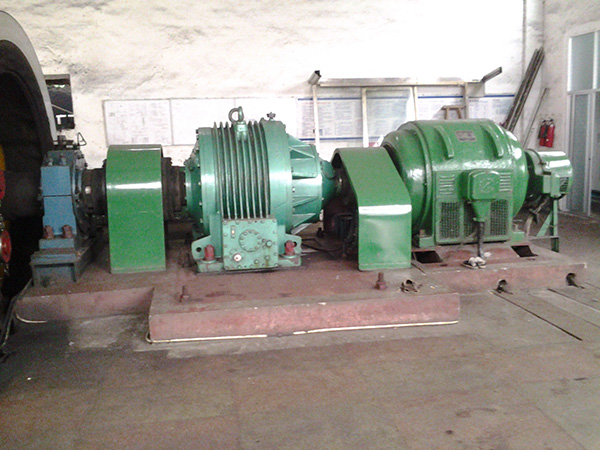
In the mineral mining of mines, the mine is the throat of underground mines. The mine is also divided into the main shaft and the auxiliary shaft. In the mine developed by the vertical shaft, the main shaft assumes the function of continuously transporting coal (lifting coal), while the personnel need to go down from the auxiliary shaft (the cage); if the main shaft is the elevator for transporting coal to the shaft. Of course, the personnel can also go from the main shaft from the bottom to the driver and transported to work. Of course, both the main and secondary wells have the function of ventilation. Among the power equipment of the mine, the elevator system is the most important and the most energy-consuming equipment. The reliability of the elevator operation directly affects the production capacity and the speed of personnel and equipment, and is directly related to the safety production level of the mine. The speed regulation mode of the hoist is also the biggest factor on the power consumption level of tons of coal.
2.Implementation plans
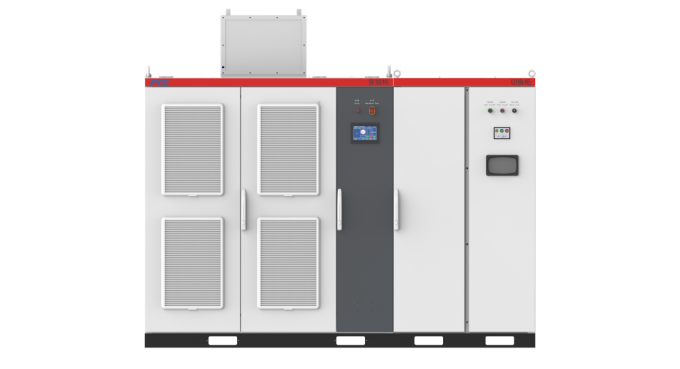
HV elevator inverter is a core part of the whole transformation system, which has various interfaces suitable with the electronic control system. When operating with the operation station of automatic control, the electric console sends the three switch quantity signals of "forward operation", "reverse operation" and "frequency conversion emergency stop" to the inverter, and the "given speed" signal of 4 ~ 20 mA. The frequency inverter sends three-way switching signals of "frequency inverter standby", "frequency inverter failure" and "safety loop" to the electric console, and the analog output signal for display. The electric console controls the high voltage circuit breaker and switches into the corresponding control loop. The shaft encoder installed on the winch signals the motor speed and winch position to the electric console. The electric console receives the operation instructions of the winch driver.
The whole elevator system is equipped with protection functions such as depth indication failure, speed limit, overrolling, inversion, brake oil overpressure, brake shoe wear, loose rope, speed monitoring, brake oil overtemperature, lubricating oil overpressure underpressure, light and light fault of frequency inverter. The system can respond according to the nature of the fault and implement emergency braking when necessary to ensure the safety of equipment and personnel.
(1) Frequency conversion work
The man-machine interface of the operator station starts the frequency conversion operation screen. According to the working requirements of the working conditions, the winch driver first gives the upper (lower) instruction through the operator station, the operator station PLC sends the upper (lower) signal to the frequency inverter, and then the driver pushes the brake handle to give the loose signal, and the frequency inverter PLC starts the frequency inverter after receiving the signal. The winch driver adjusts the gear by pushing the gear handle, and the operator station PLC gives the given signal according to the current gear frequency of 4 ~ 20 mA to control the operating frequency of the frequency inverter, so as to achieve the purpose of controlling the running speed of the winch.
(2) Power-frequency work
The man-machine interface of the operator starts the power frequency operation screen. According to the requirements of the working condition, the winch driver gives the lifting (lower) instruction through the operator. The PLC of the operator controls the changing contacts to change the phase sequence of three-phase high voltage to realize the positive and reverse of the motor; then the driver pushes the switch handle and the motor starts. The winch driver adjusts the speed of the winch by pushing the gear handle, and the operator station PLC controls the KM1, KM2, KM3 and KM4 respectively according to the current gear.
(3) Safety loop
The high voltage joint jump signal of the frequency inverter is connected with the emergency trip signal of the operator station into the safety loop of the system. When the frequency inverter fails or the operating station sends out an emergency trip signal, the high voltage circuit breaker at the upper level is disconnected. At the same time, the brake system is an emergency lock to ensure production safety.
3.Application advantage
(1) The frequency conversion system of FD5000 high voltage frequency inverter eliminates the AC contactor and speed regulation resistance originally used for electronic control speed regulation, improves the reliability of the system and improves the working environment of the operator.
(2) The use of FD5000 high voltage frequency inverter to achieve the soft start and soft stop of the winch motor, so that the operation is more stable and the mechanical impact is small.
(3) The impulse current in the starting and accelerating process of FD5000 high voltage frequency inverter is small, and the maximum starting current in the accelerating process is not more than 1.3 times. At the rated current, the elevator rises smoothly from low speed to the highest speed under heavy load, and there is no large current, which greatly reduces the impact on the power grid.
(4) The use of FD5000 high voltage frequency inverter to increase the DC braking function, so that heavy vehicles parking more stable.
(5) The use of FD5000 high voltage frequency inverter energy saving effect is remarkable. According to the actual measurement, the energy saving effect is obvious in the low speed section, which can generally reach about 20%. Using feedback braking, energy saving effect is more obvious.
(6)FD5000 high voltage frequency inverter protection function is complete, in addition to overvoltage, undervoltage, overload, overheating, short circuit and other self-protection, as well as peripheral control chain protection, including brake signal and positive and negative signal chain, inverter fault signal and system safety chain, with automatic deceleration program. Monitor the parameters and equipment that may endanger the normal operation of the elevator during operation, and have fault display and alarm functions.

